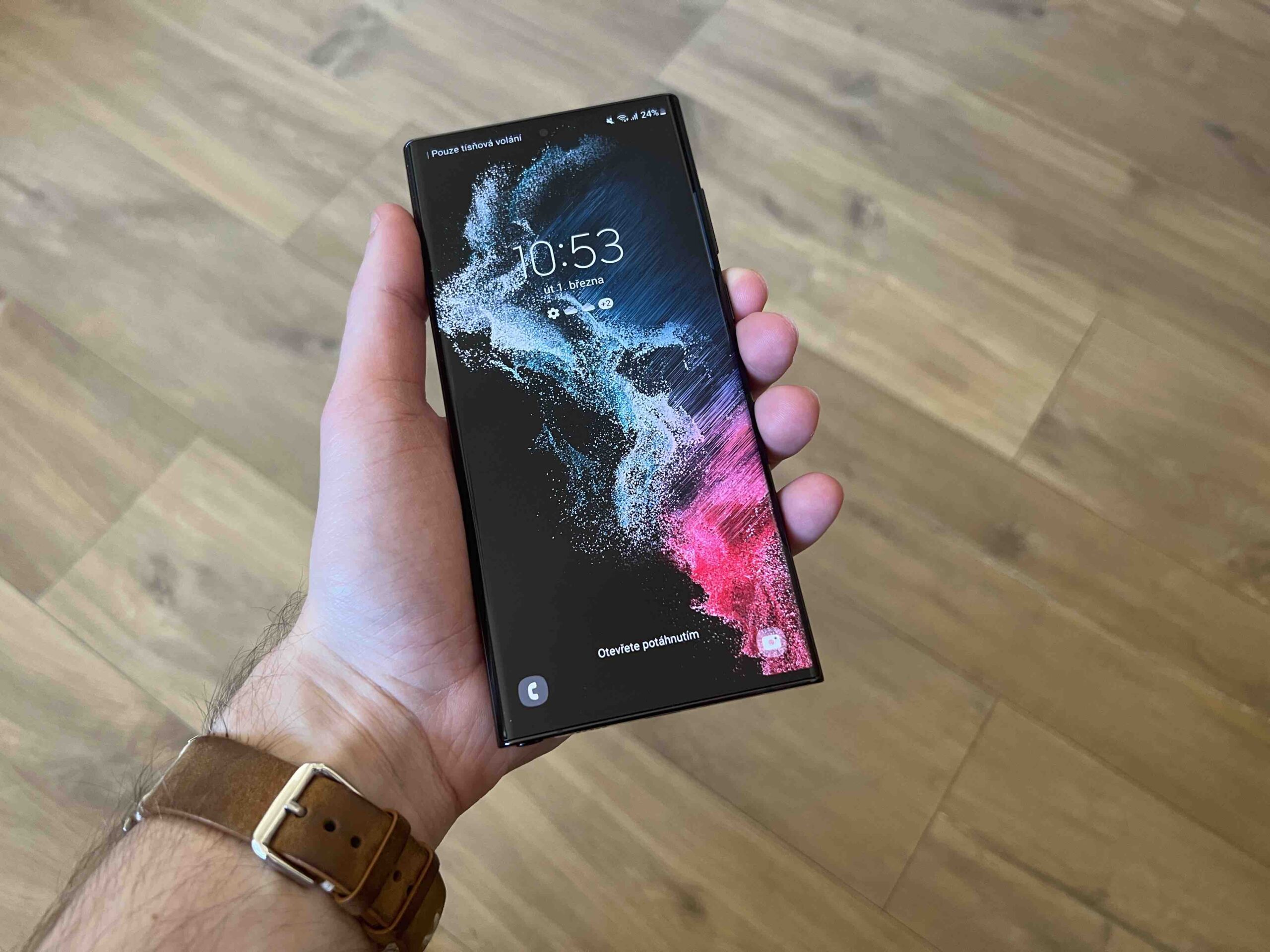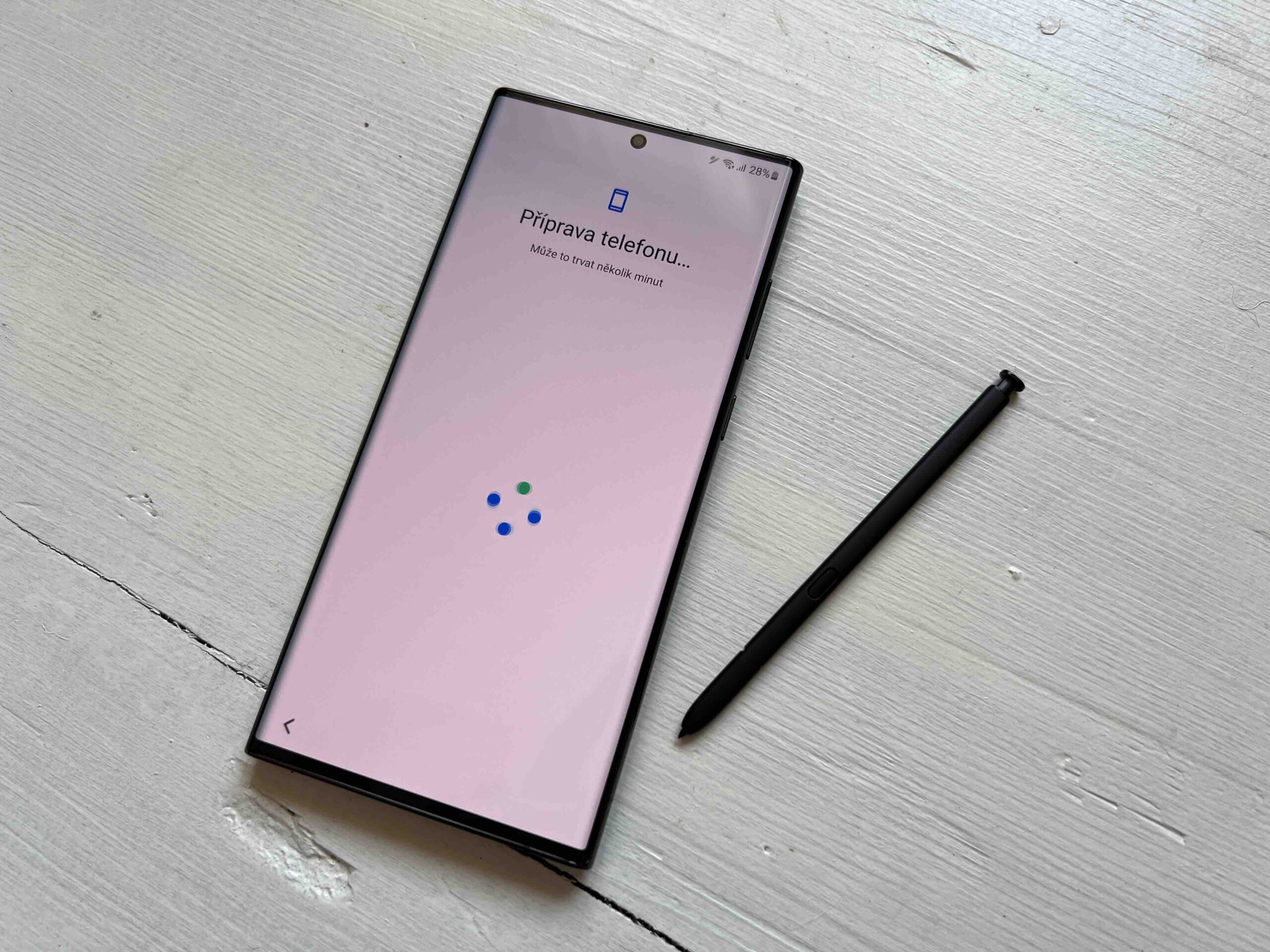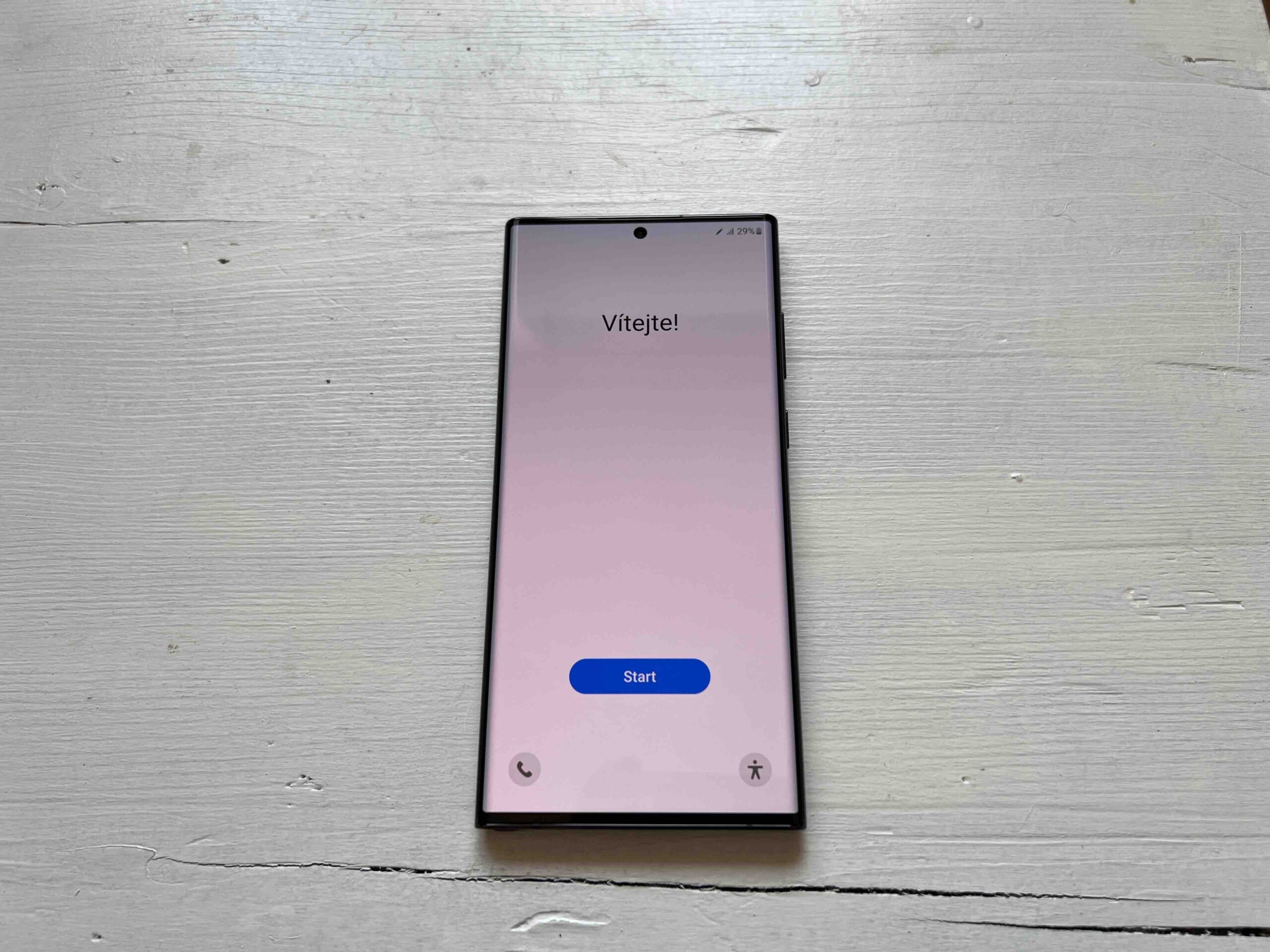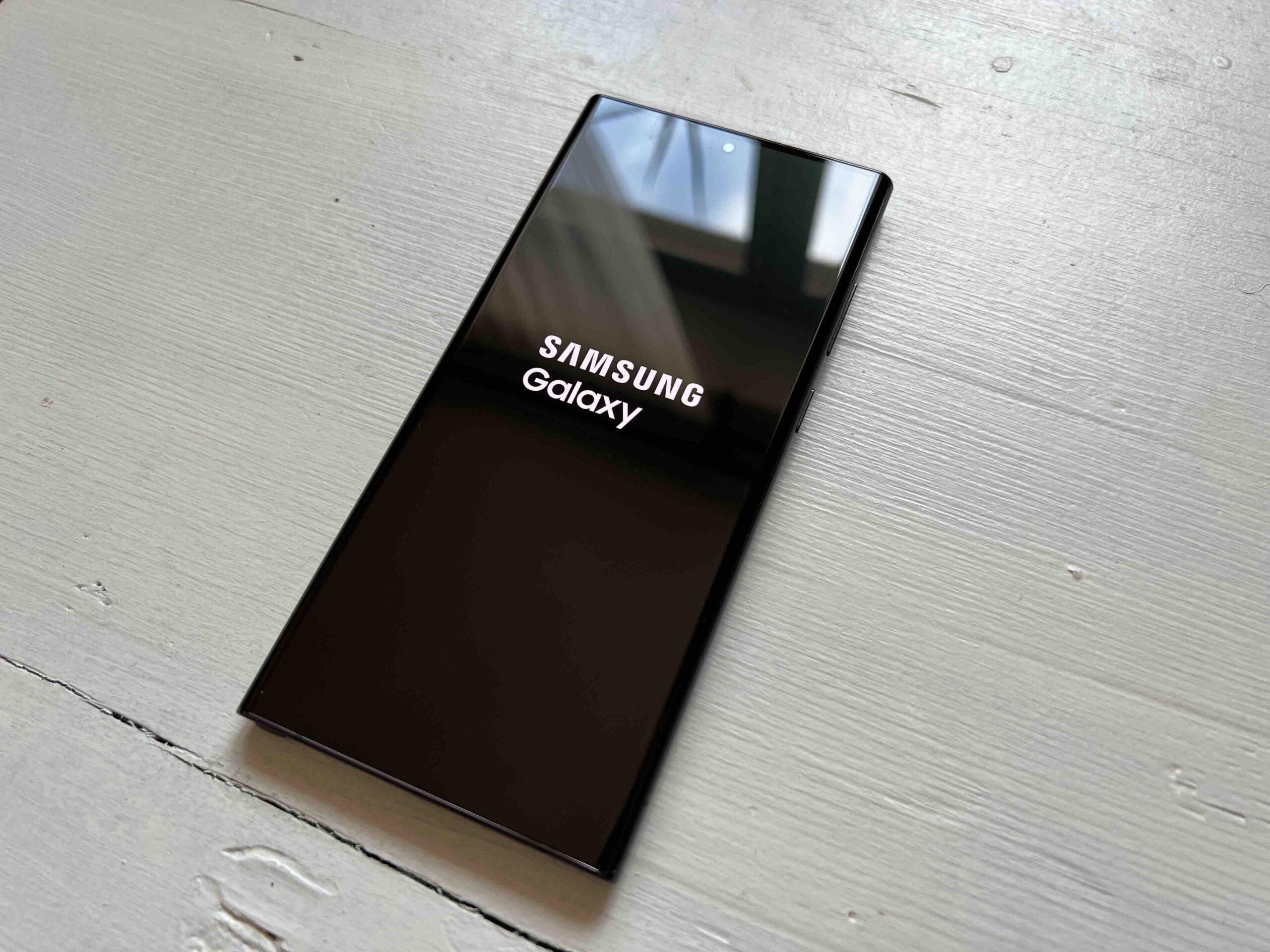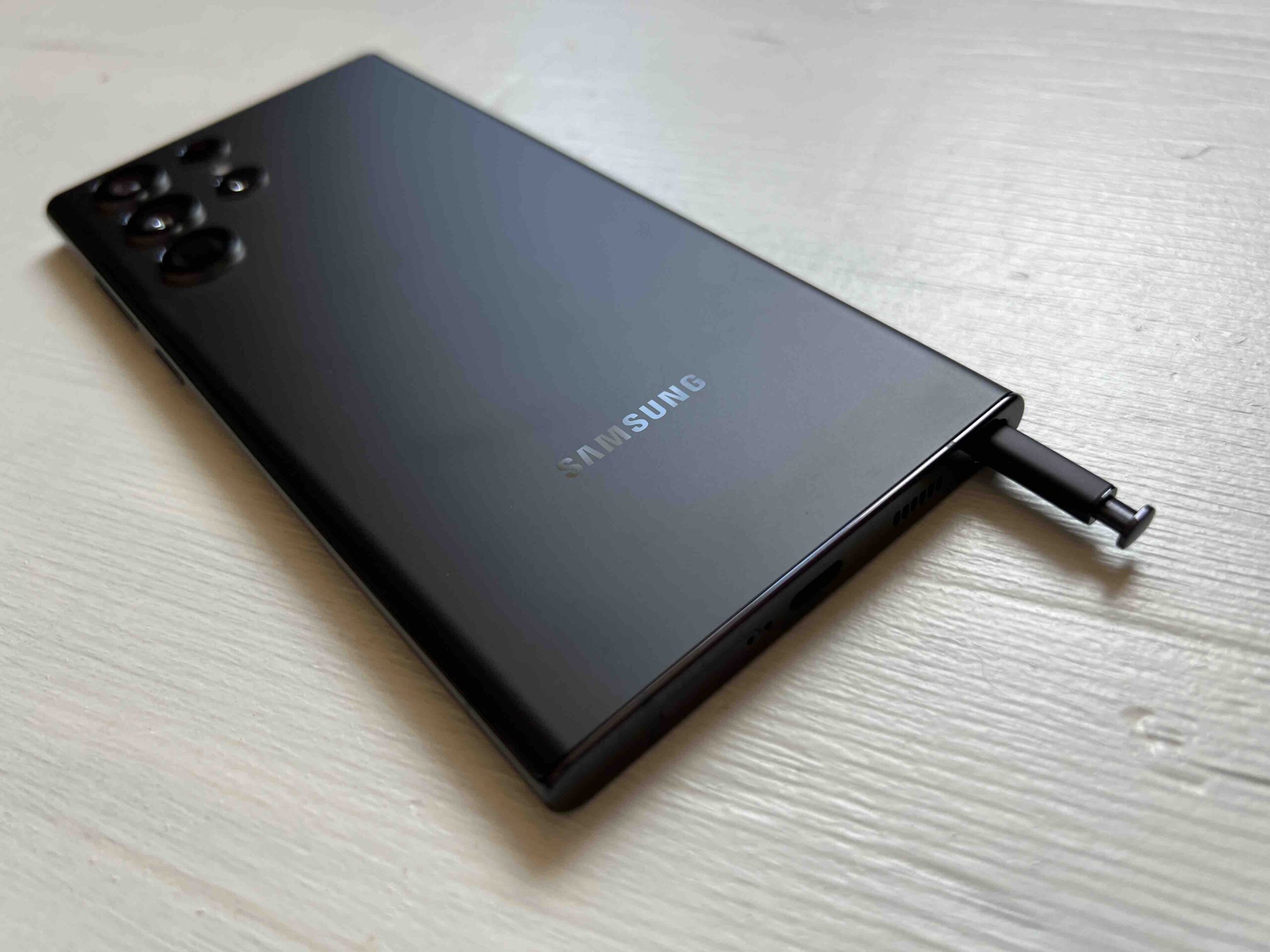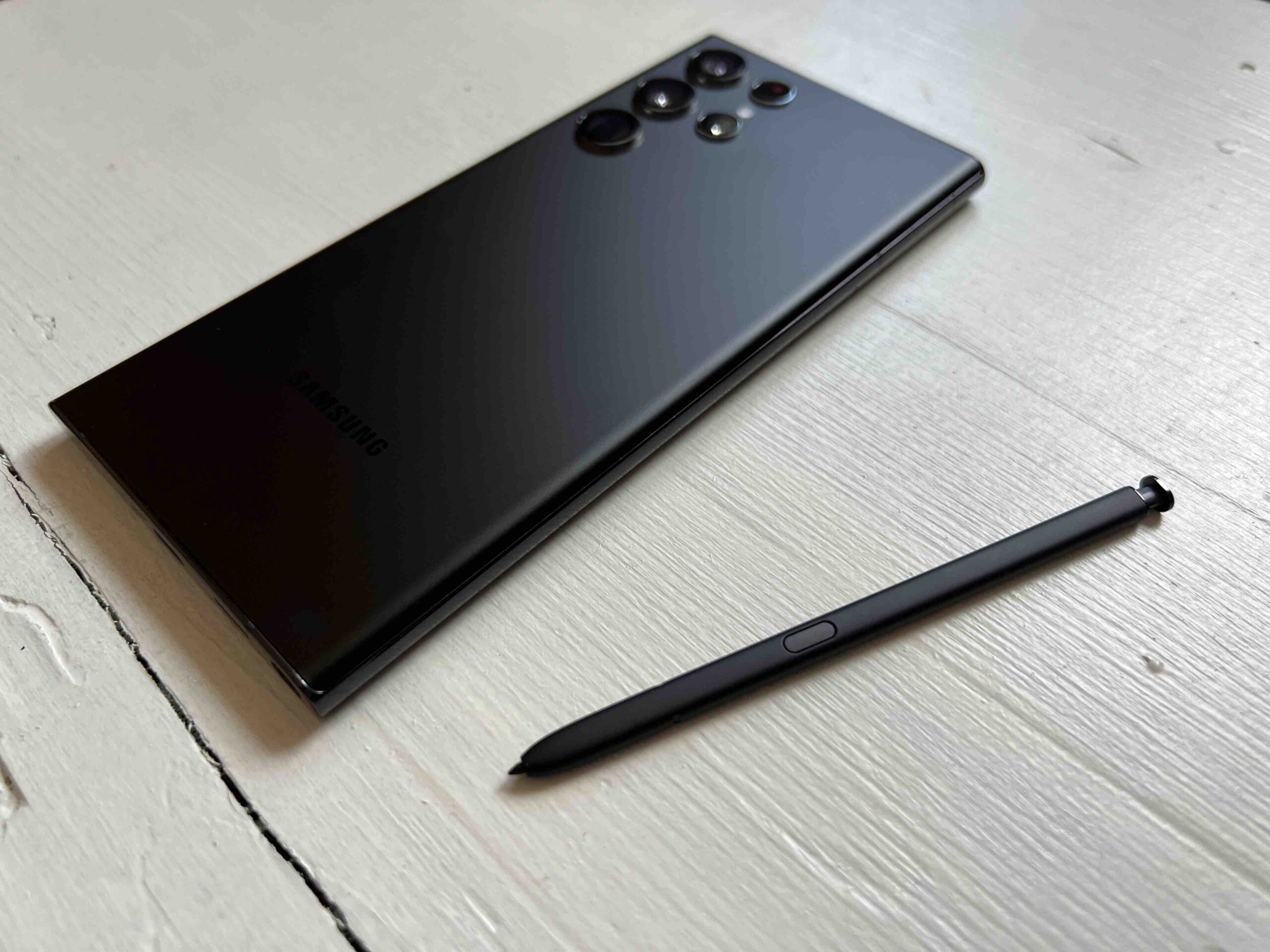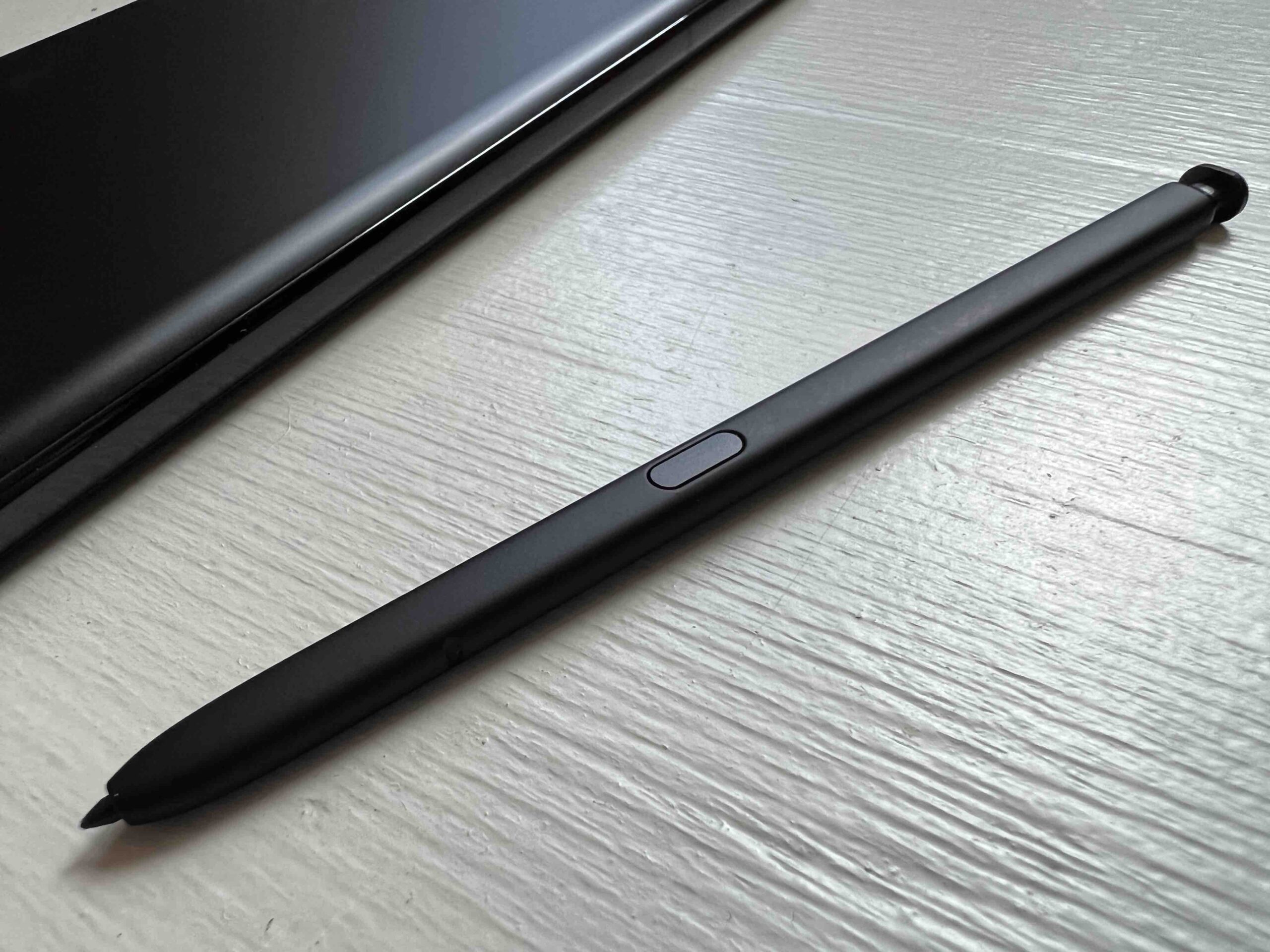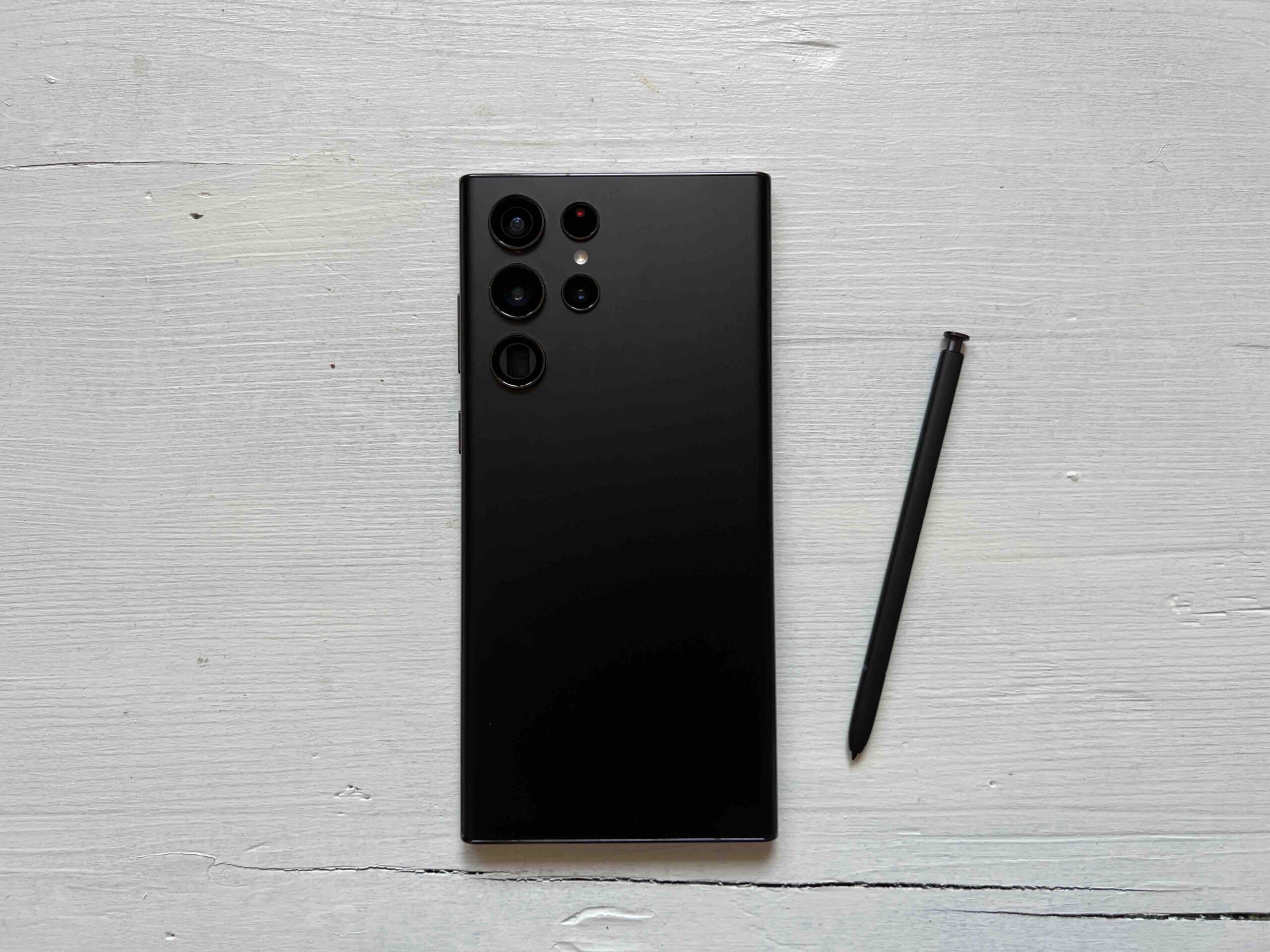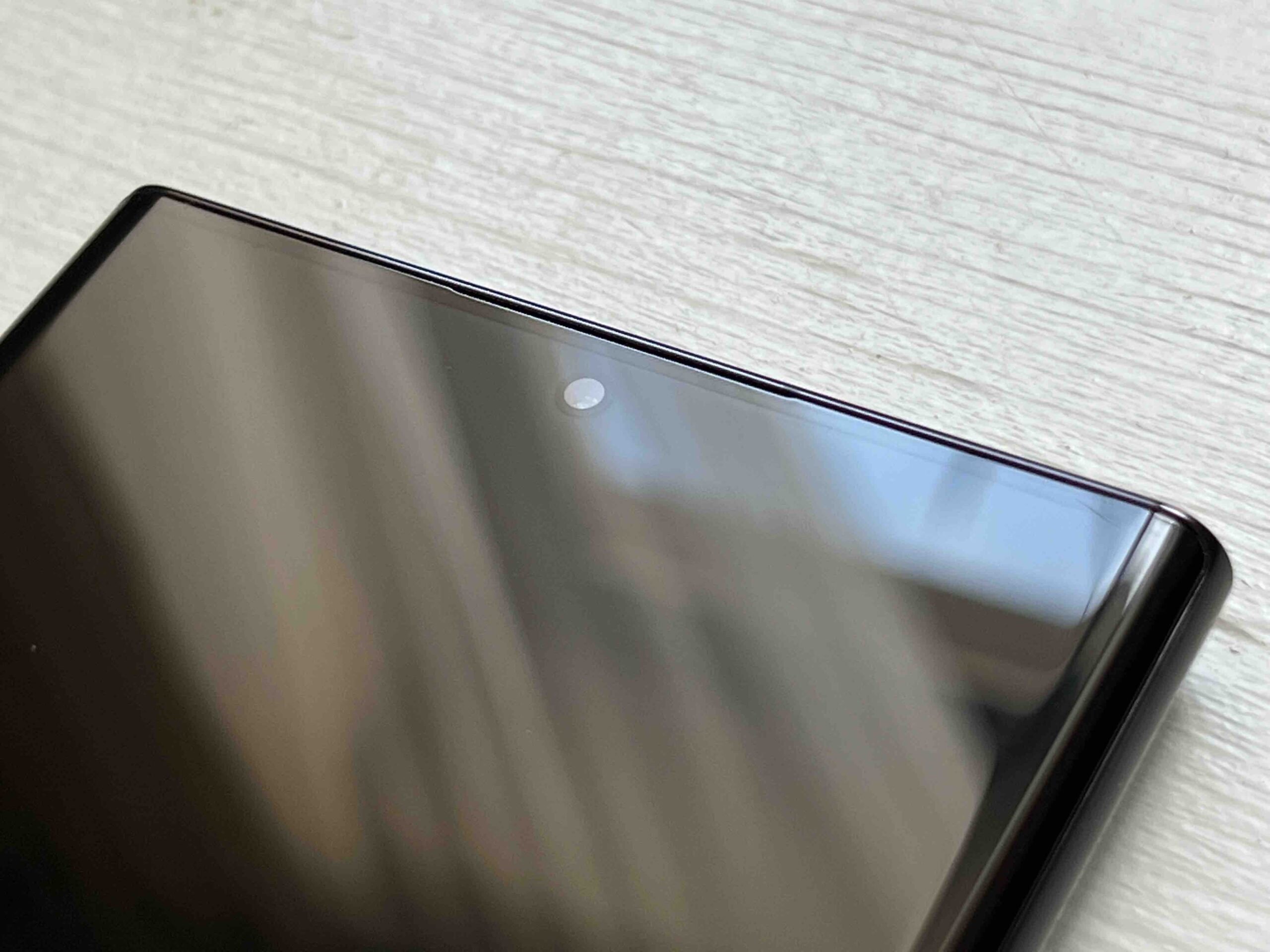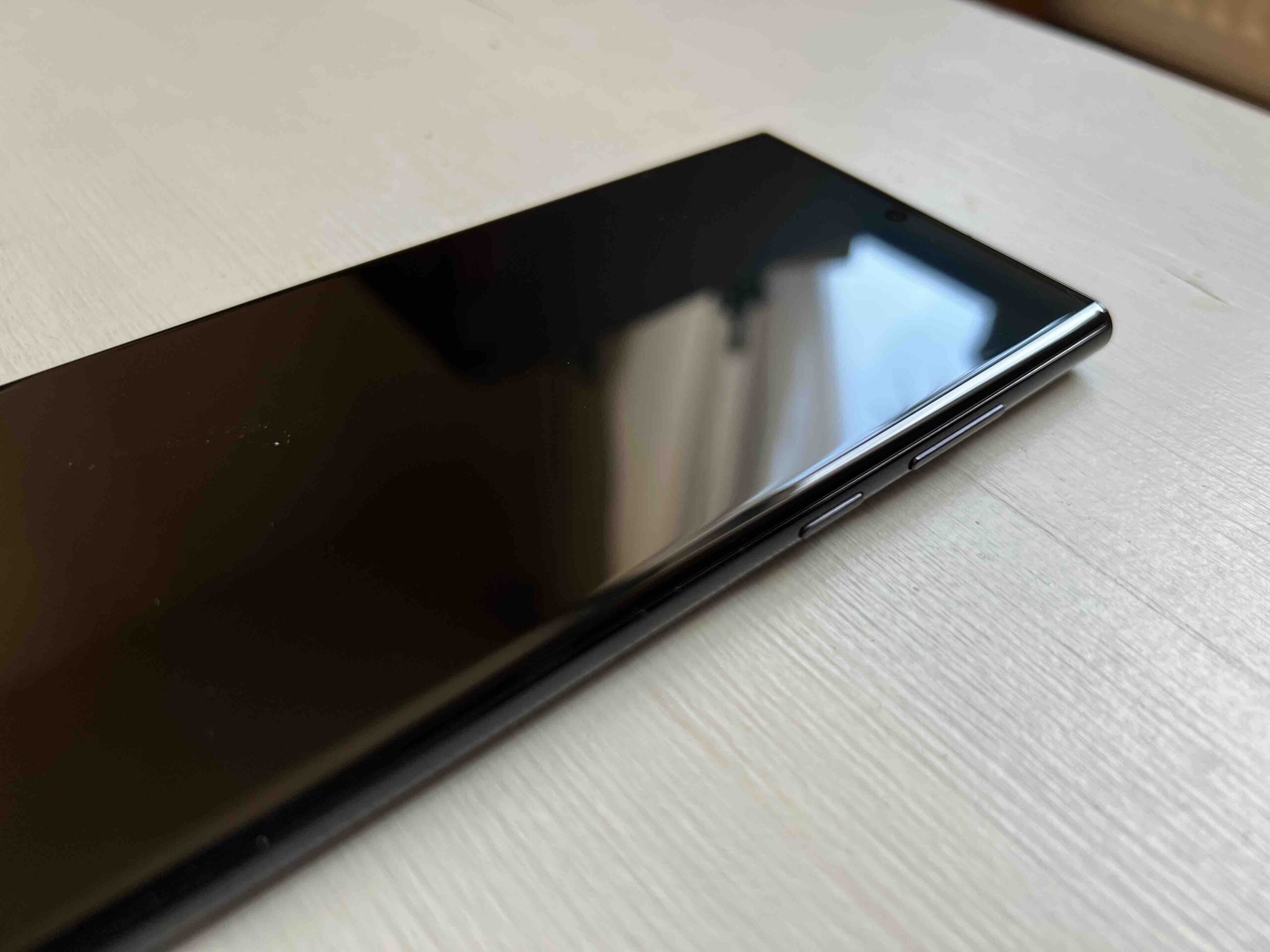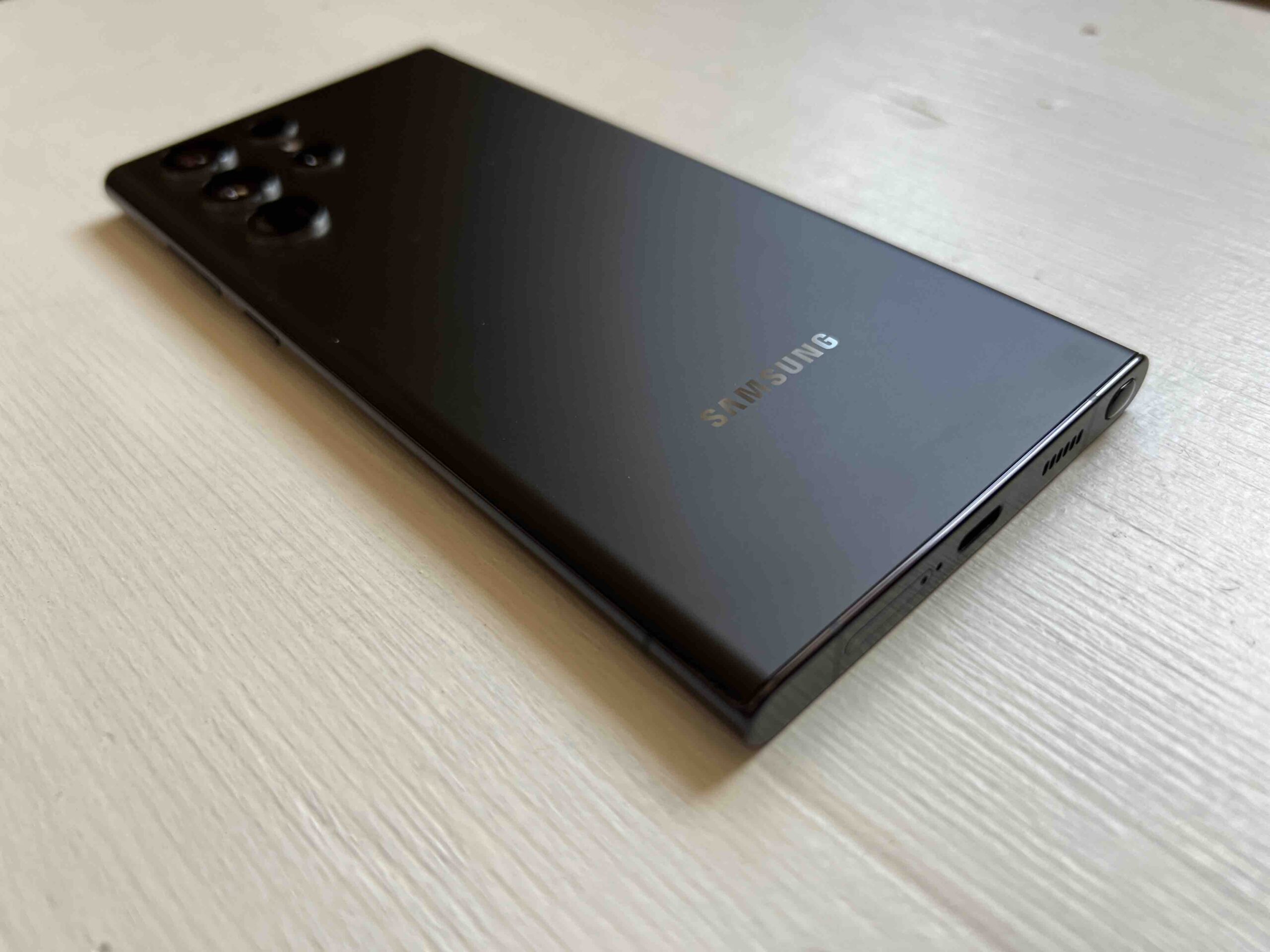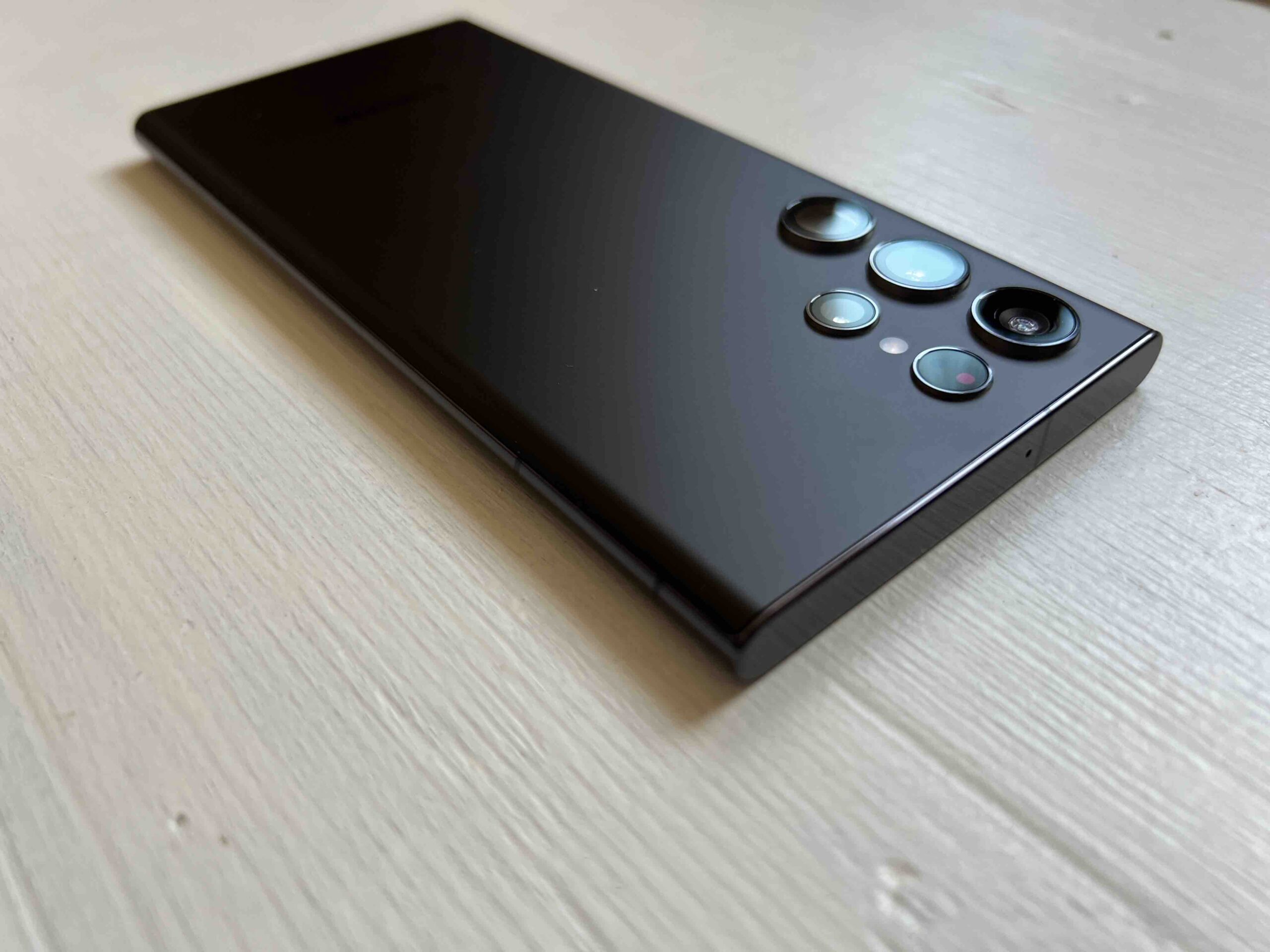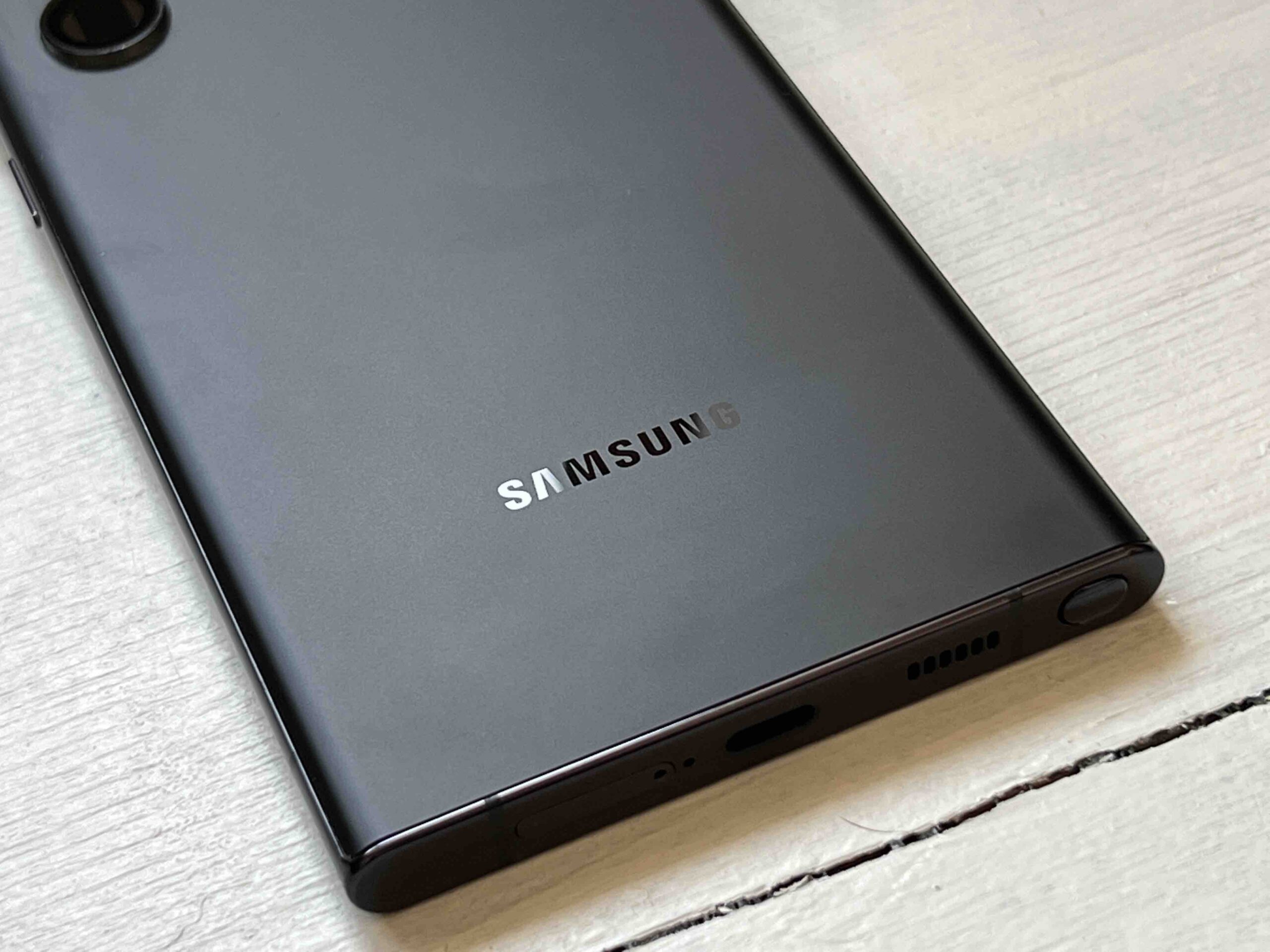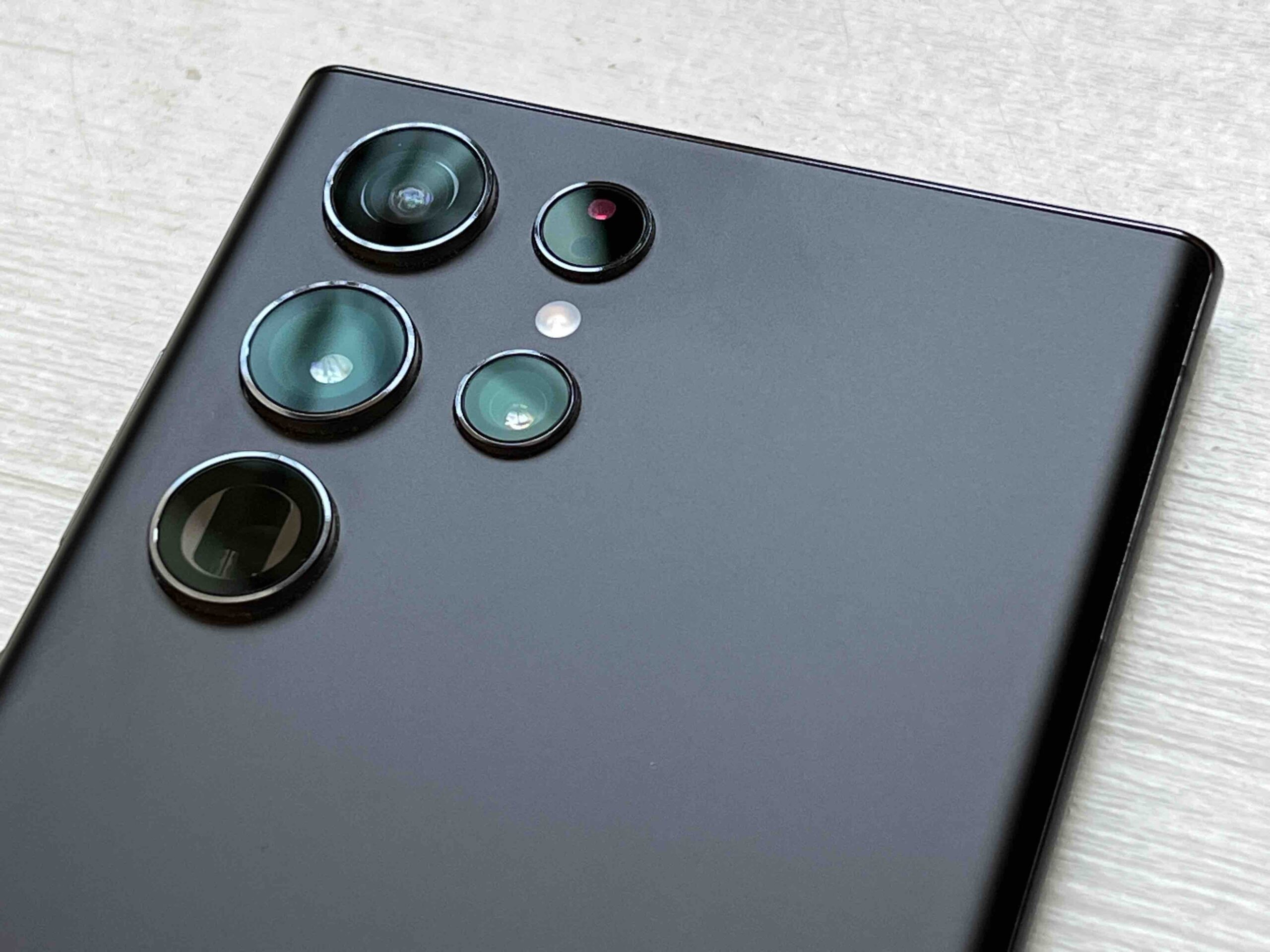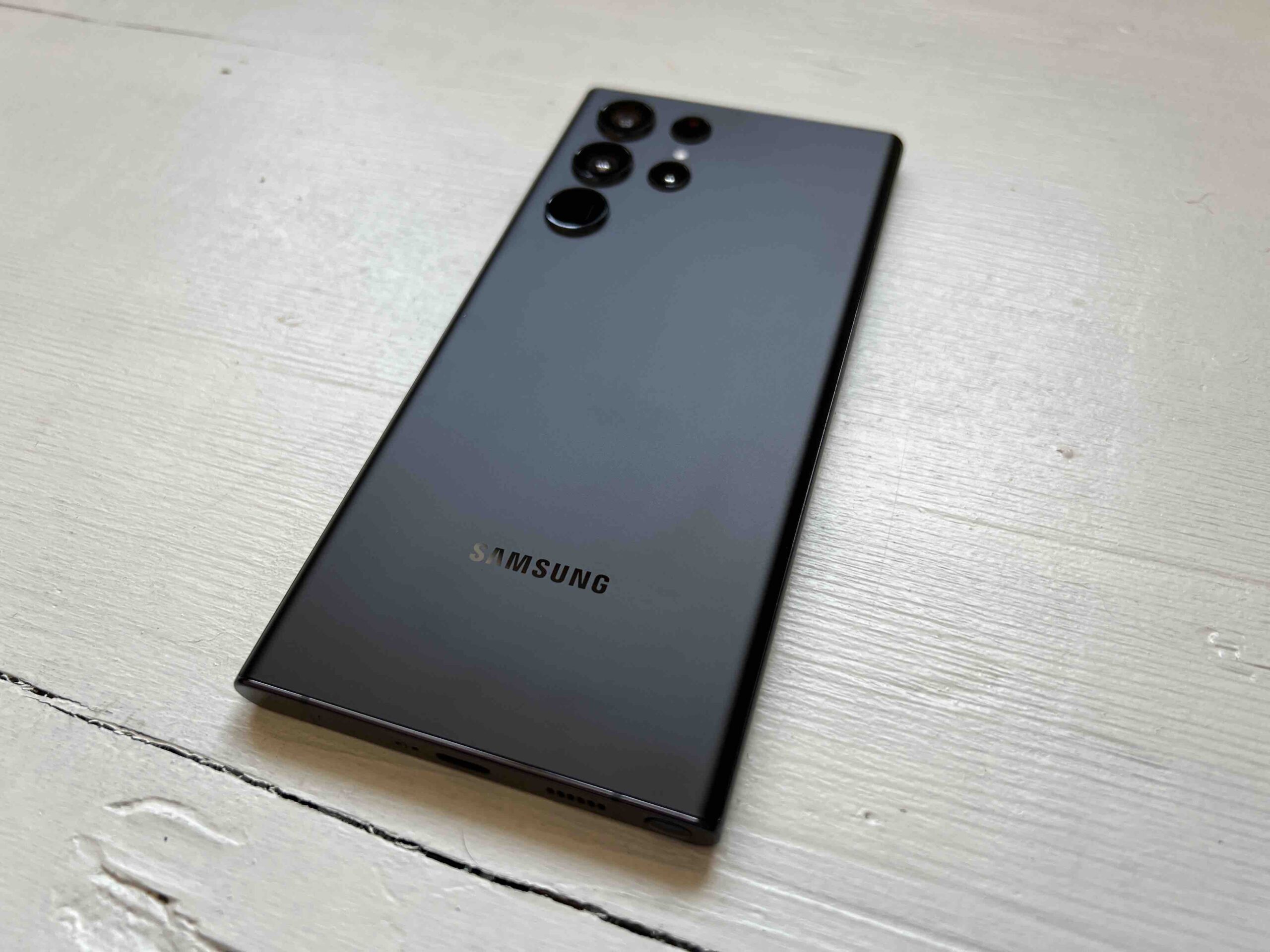Even though, according to Steve Jobs, the first iPhone was the perfect size for comfortable smartphone use, times have moved on. It increased with the iPhone 5, 6 and 6 Plus, then everything changed with the arrival of the iPhone X and subsequent generations. Now it looks like we already have the ideal size here, even with regard to the size of the display in relation to the body of the phone.
Here we will mainly focus on the largest models, because they are the most controversial in terms of use. Some people simply cannot have large phones because they are not comfortable using them, while others, on the other hand, want the largest possible phones so that they can see as much content as possible. Mobile phone manufacturers then try to make the largest possible displays with regard to their minimal frames. But it is not always to the benefit of the cause.
Curved display
Although Apple increased the display resolution with the iPhone 14 Pro Max (2796 × 1290 at 460 pixels per inch vs. 2778 × 1284 at 458 pixels per inch for the iPhone 13 Pro Max), the diagonal remained at 6,7". However, he slightly adjusted the body proportions, when the height was reduced by 0,1 mm and the width narrowed by 0,5 mm. With this, the company also reduced the frames, even if you don't notice it with the eye. The ratio of the display to the front surface of the device is therefore 88,3%, when it was 87,4% in the previous generation. But the competition can do more.
Samsung's Galaxy S22 Ultra has 90,2% when its display is 6,8", so another 0,1 inch more. The company achieved this primarily by having practically no frame on the sides - the display is curved to the sides. After all, Samsung has been using this look for years, when the Galaxy Note series stood out with its curved display. But what may look effective at first glance, the user experience here suffers at the second.
It could be interest you
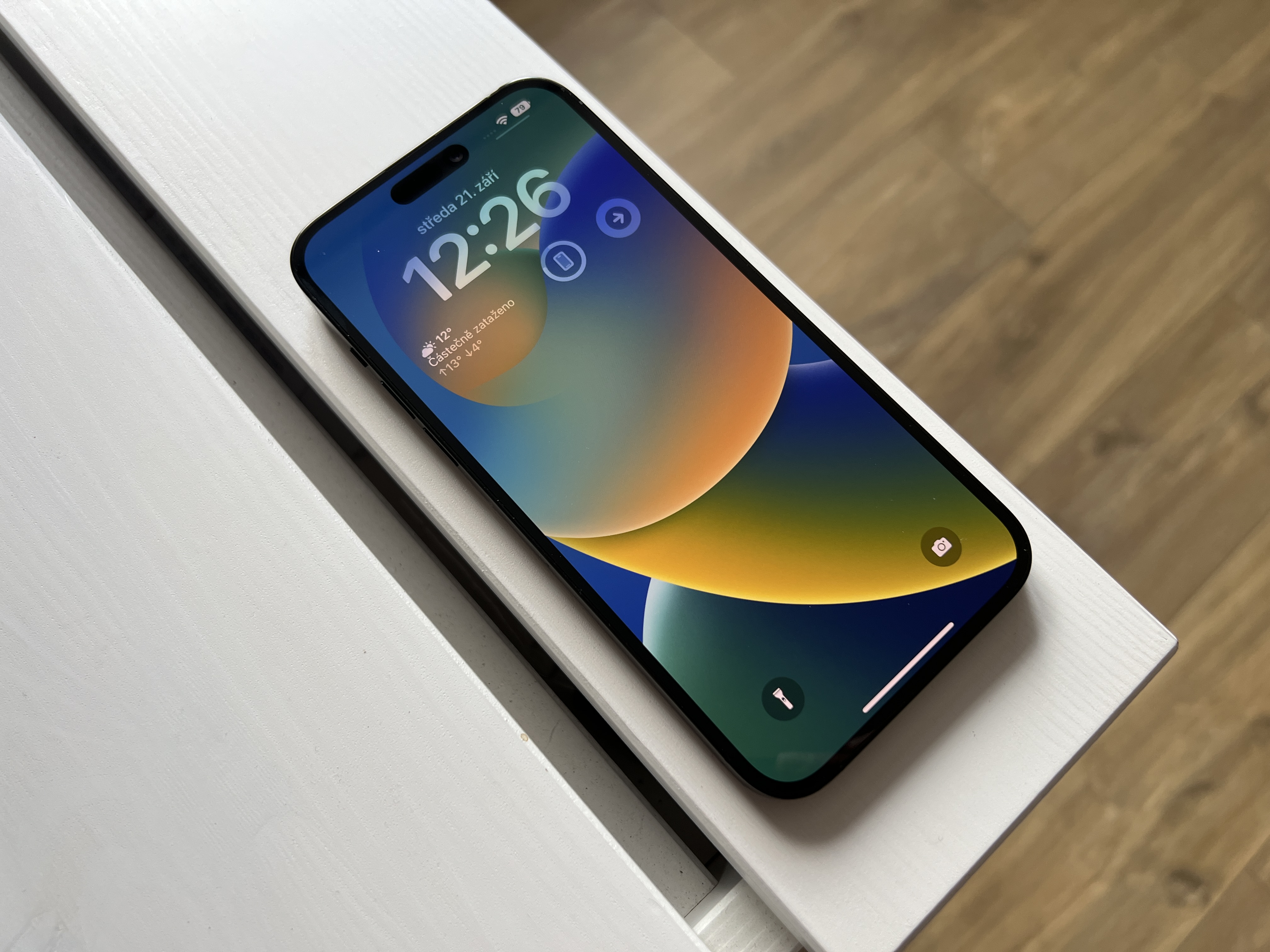
It already happens to me that when I'm holding the iPhone 13 Pro Max, I simply accidentally touch the display somewhere and either want to change the lock screen or the layout of the desktop. I really wouldn't want a curved display on iPhones, which I can say quite honestly because I was able to try it on the Galaxy S22 Ultra model. It looks very pleasant to the eye, but in use it will bring you practically nothing but a few gestures that you will not use anyway. In addition, the curvature distorts, which is especially a problem when taking pictures or watching videos across the entire screen. And, of course, it attracts unwanted touches and calls for appropriate offers.
We often criticize the fixed design of iPhones. However, it's really not possible to think too much from their front side, and I don't even want to imagine if the technology advanced in such a way that the entire front surface would be occupied only by the display (unless it is already the case with some Chinese Android). Without the ability to ignore touches, like the iPad ignores the palm, such a device would be unusable. If you're still wondering what screen-to-body ratios other models from different brands have, even older ones, you'll find a short list below.
- Honor Magic 3 Pro+ - 94,8%
- Huawei Mate 30 pro – 94,1%
- Vivo NEX 3 5G - 93,6%
- Honor Magic4 Ultimate - 93%
- Huawei Mate 50 Pro - 91,3%
- Huawei P50 Pro - 91,2%
- Samsung Galaxy Note 10+ - 91%
- Xiaomi 12S Ultra - 89%
- Google Pixel 7 Pro - 88,7%
- iPhone 6 Plus - 67,8%
- iPhone 5 - 60,8%
- iPhone 4 - 54%
- iPhone 2G - 52%
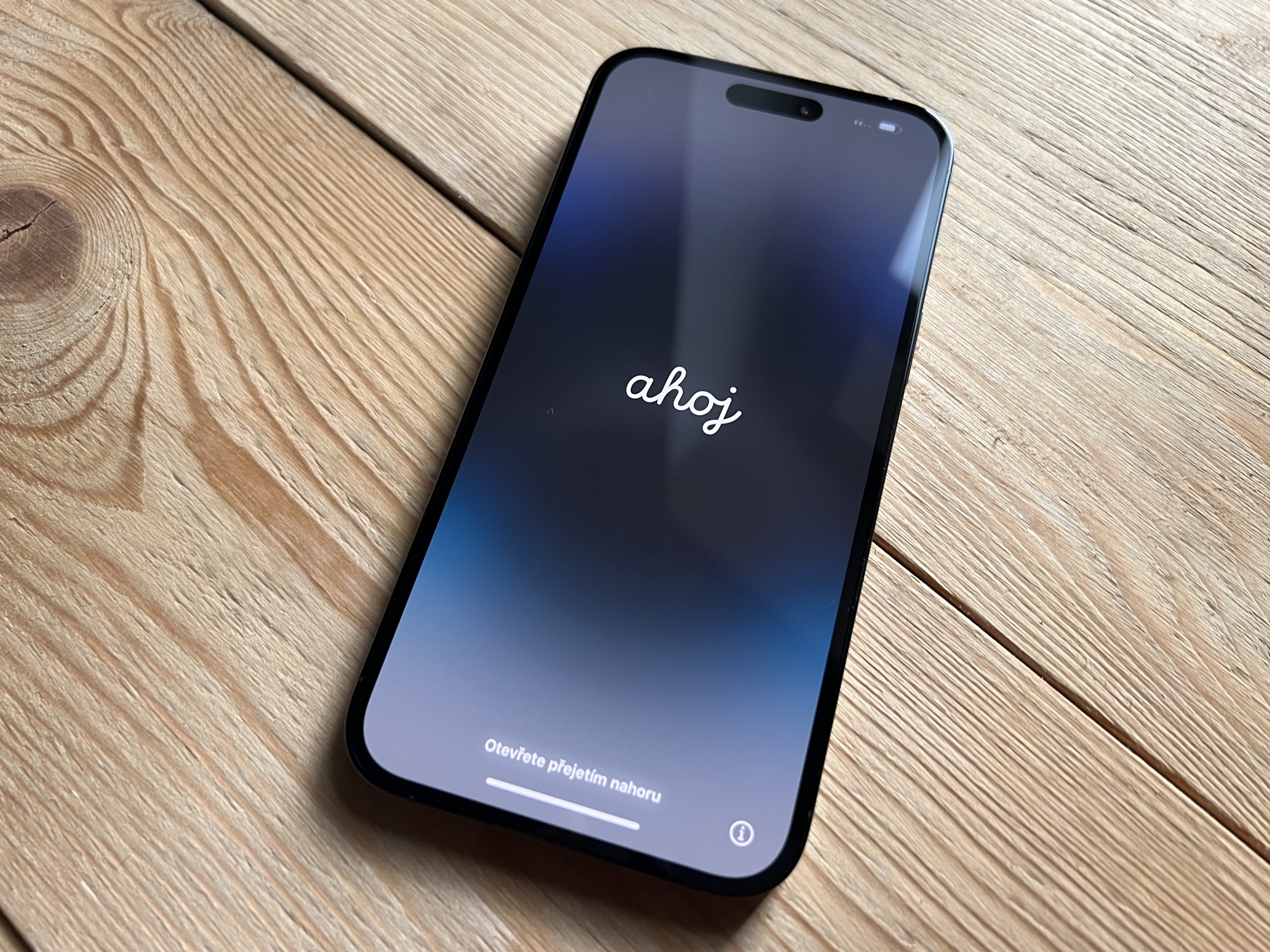
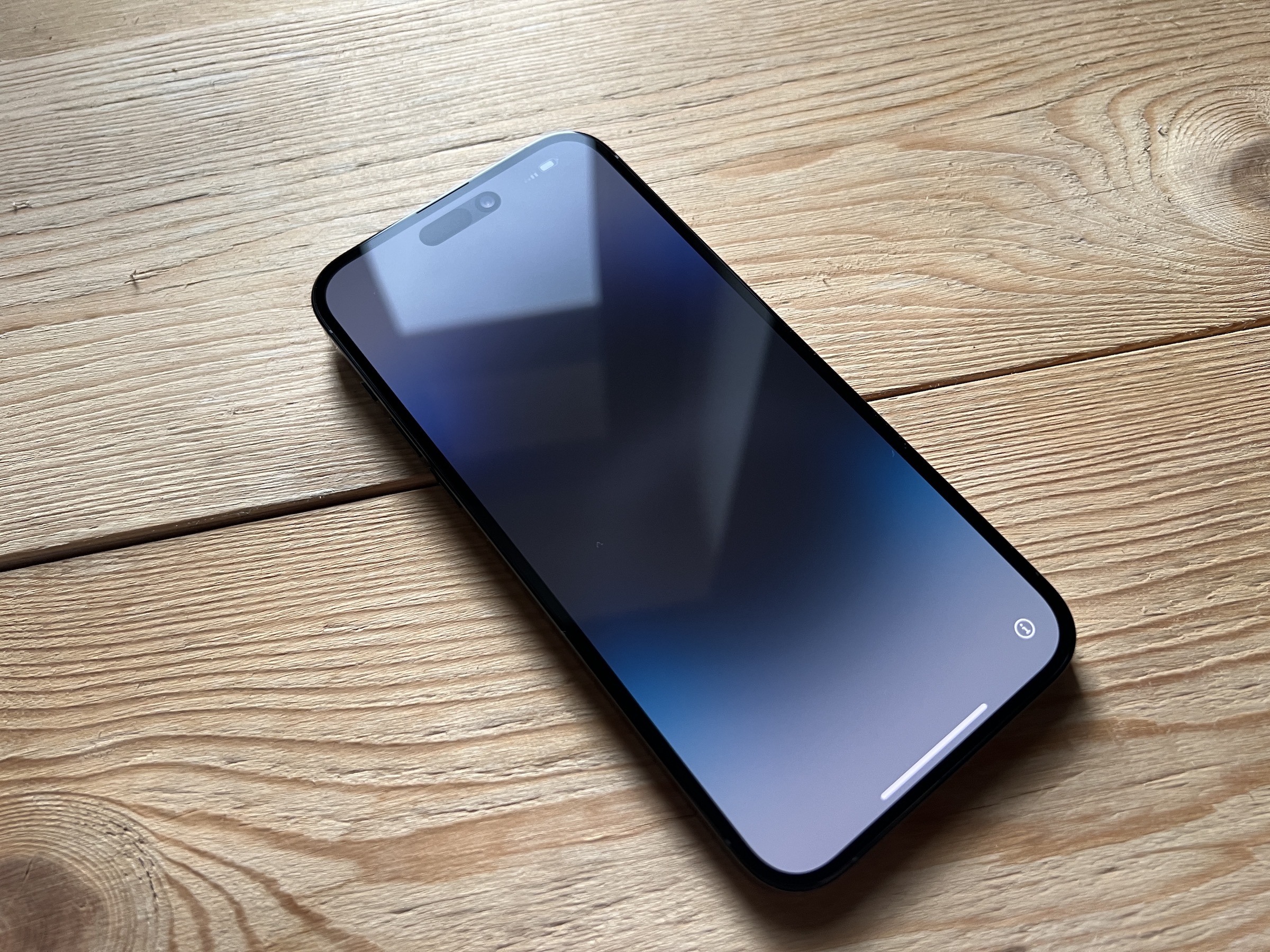
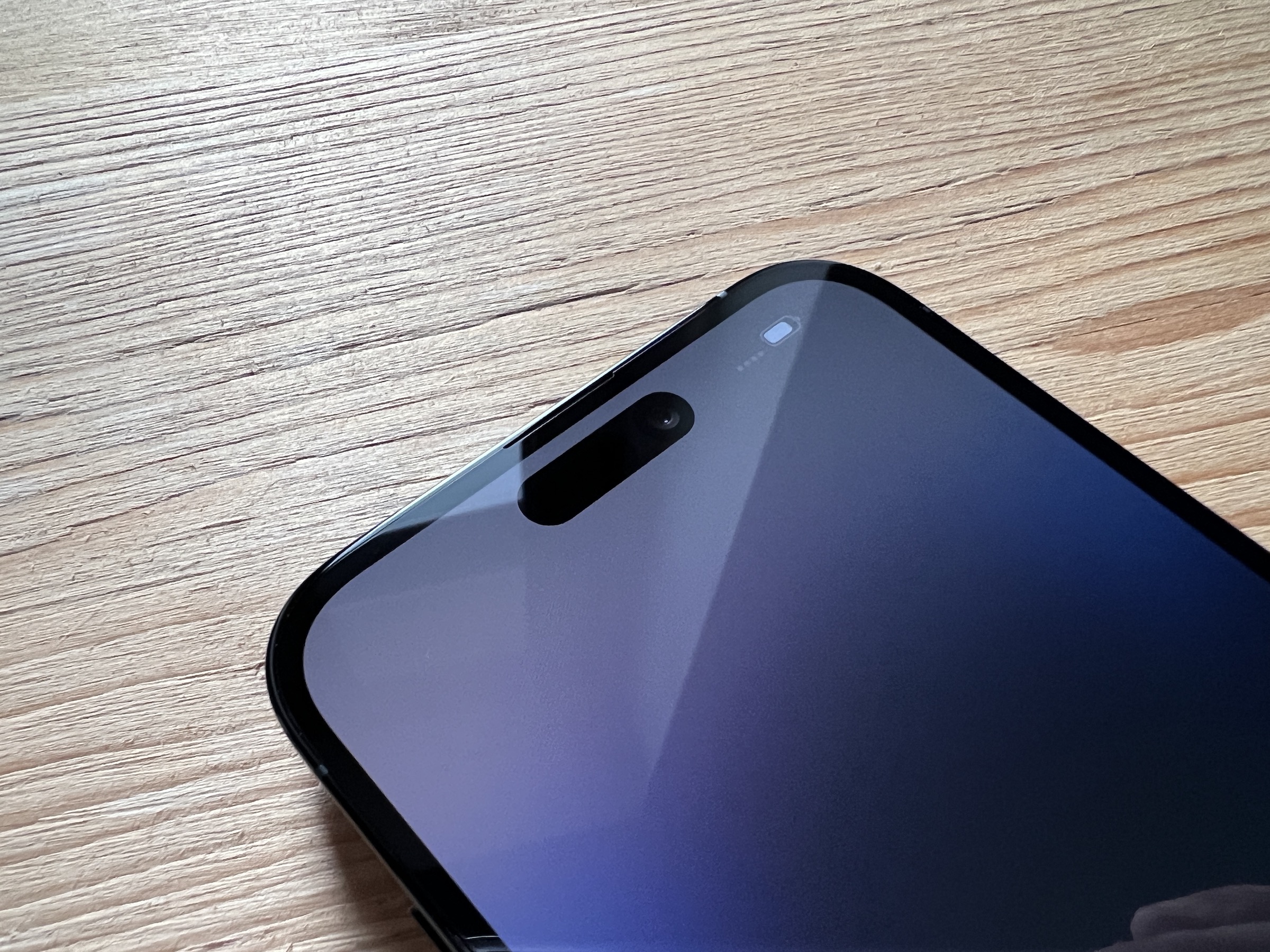
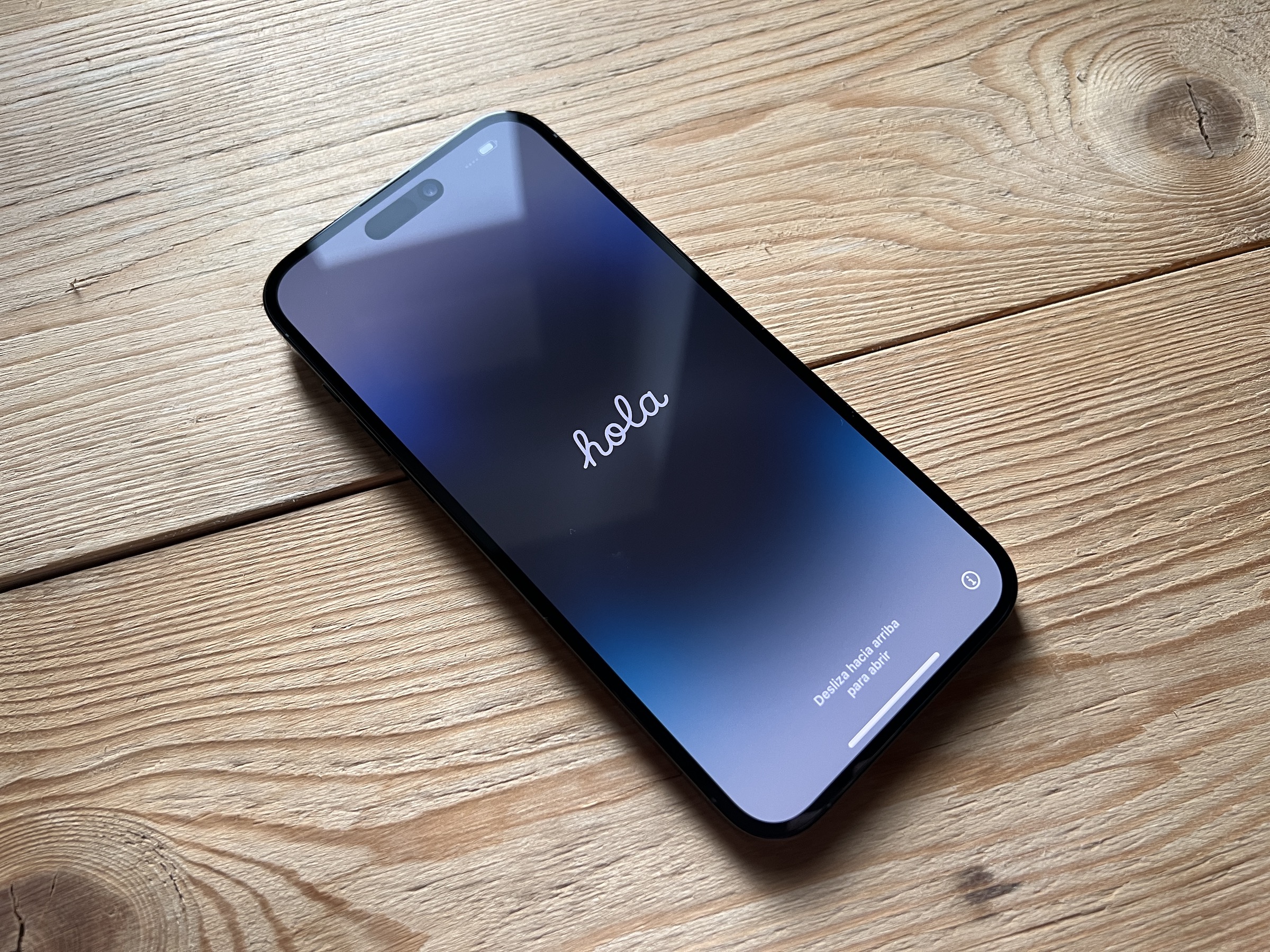
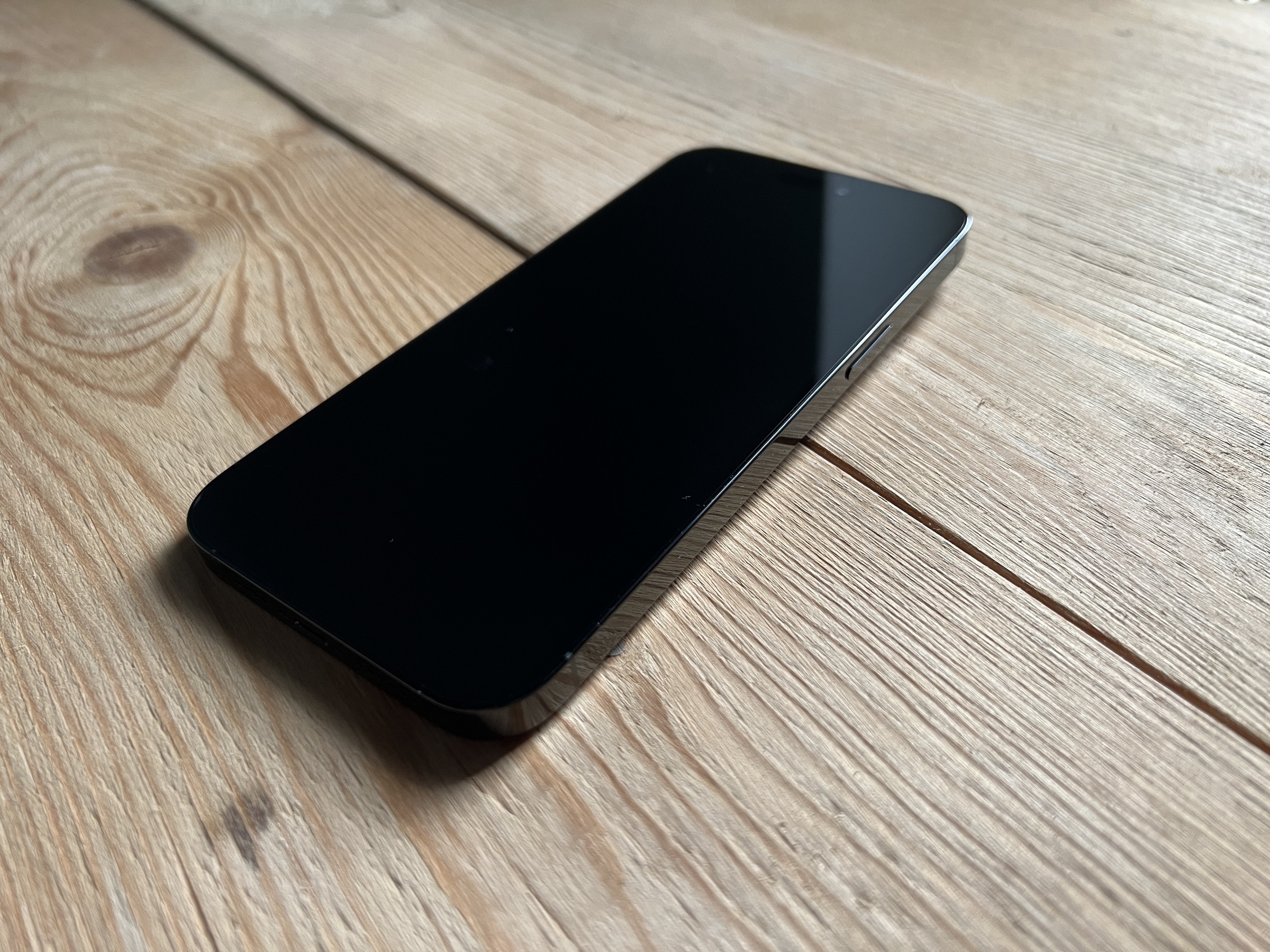
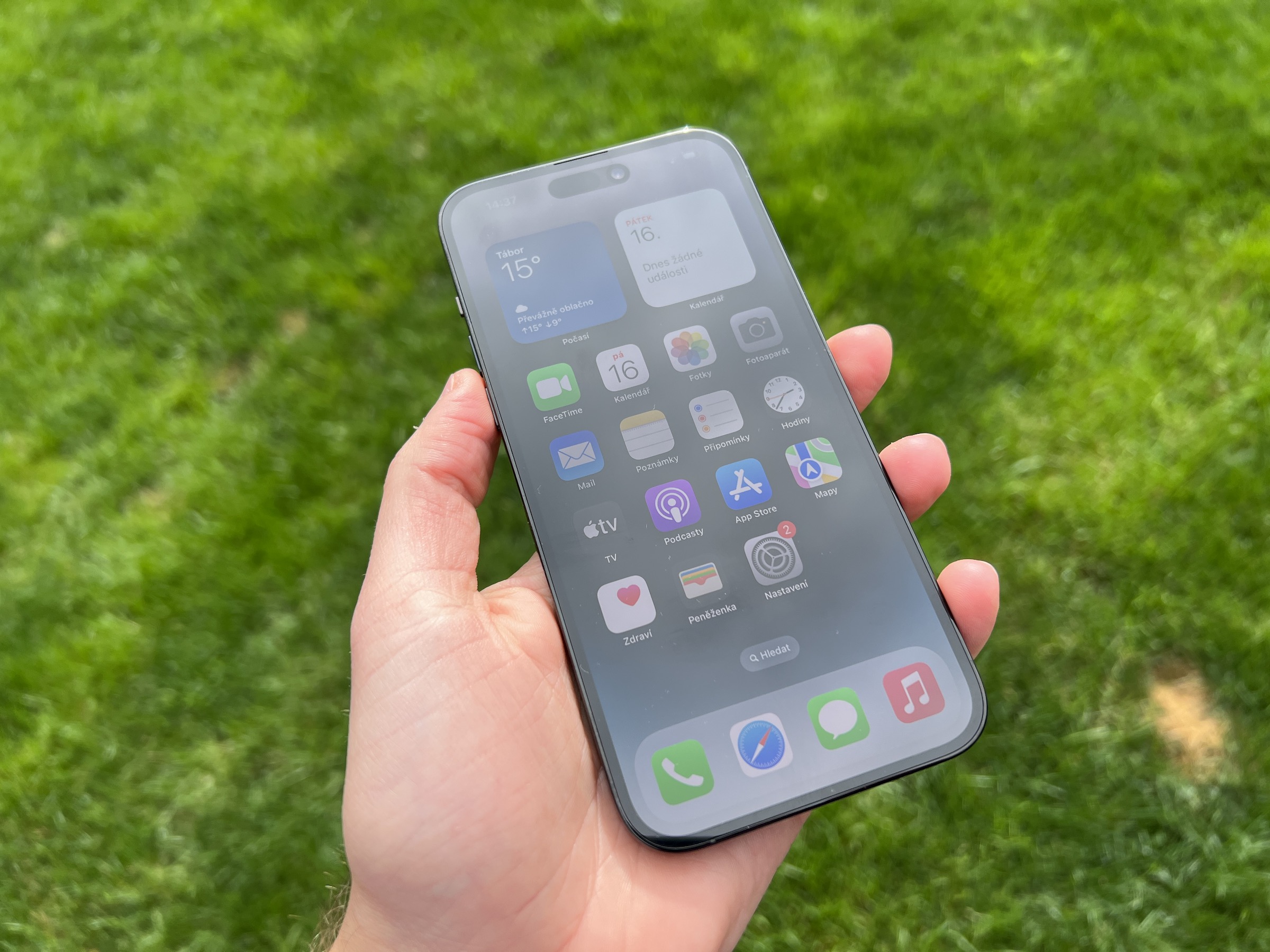
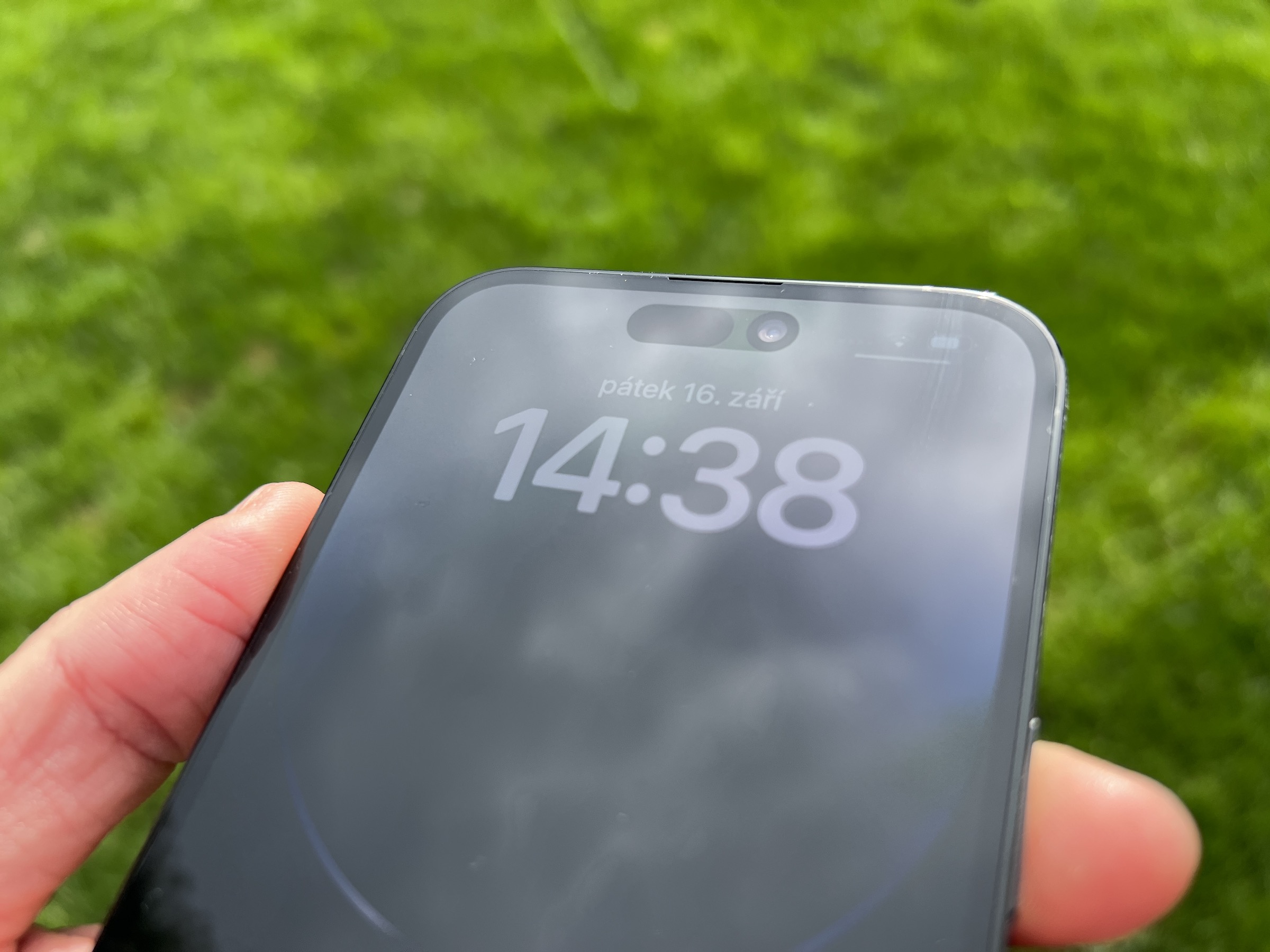
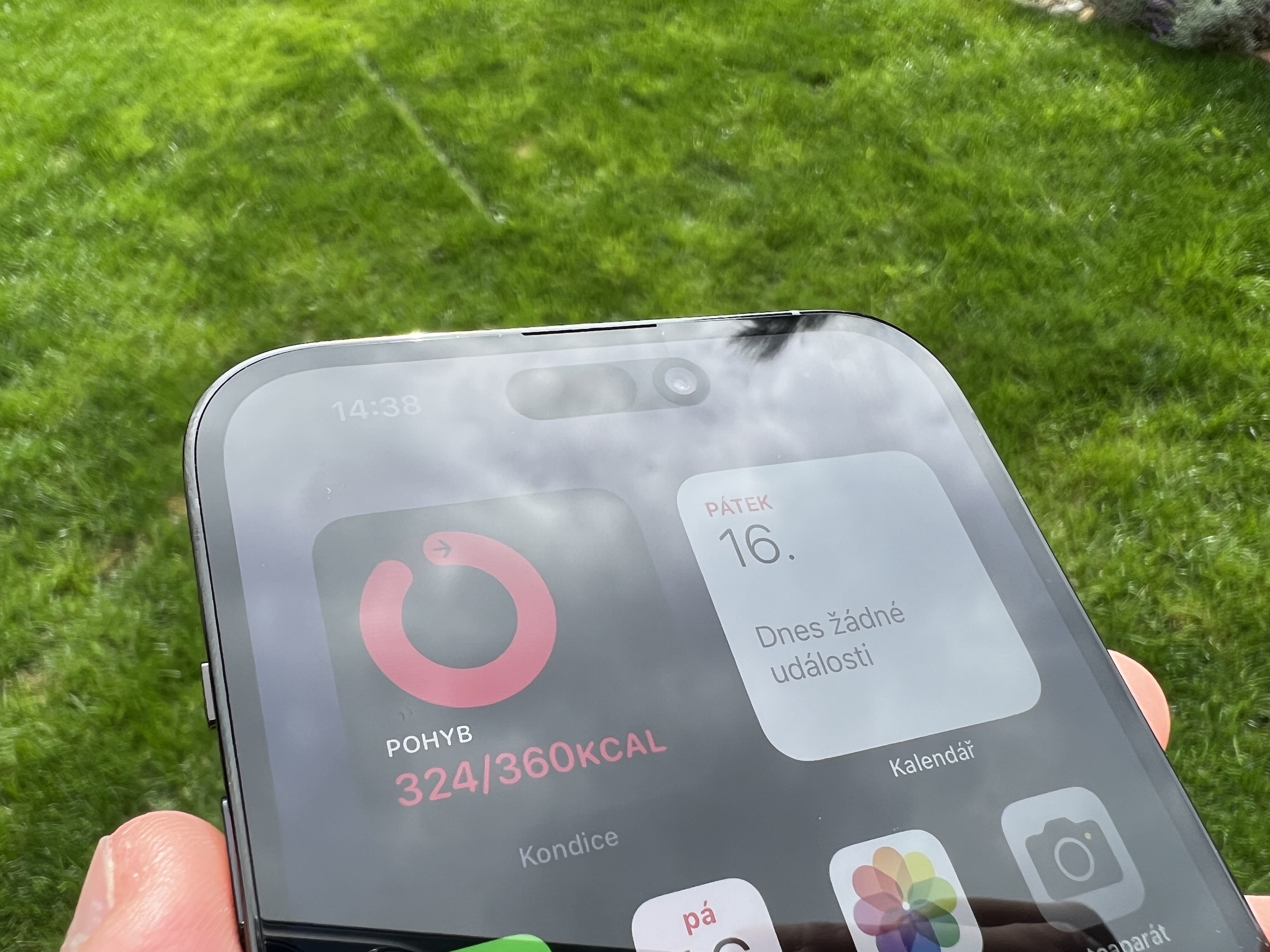
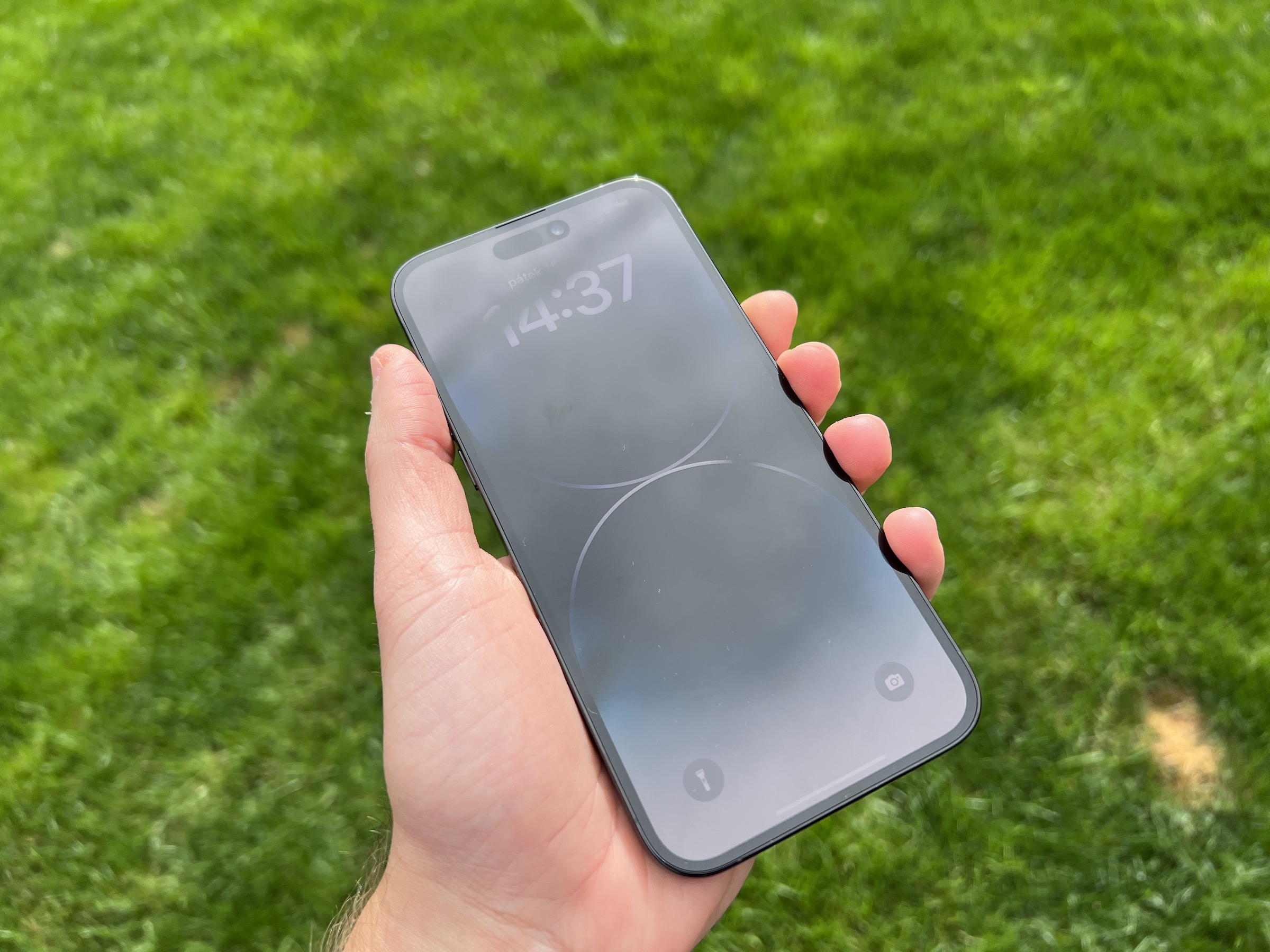
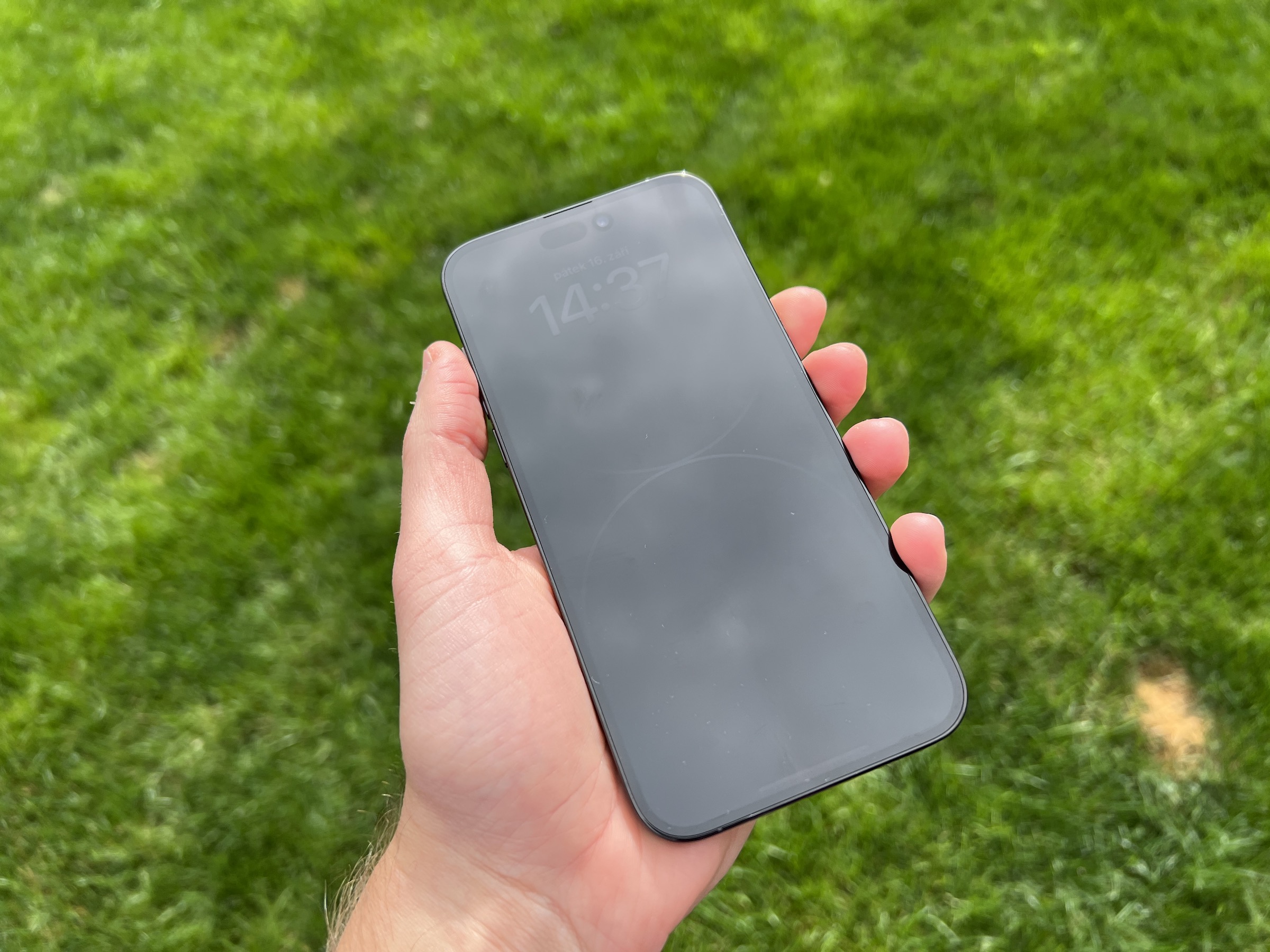

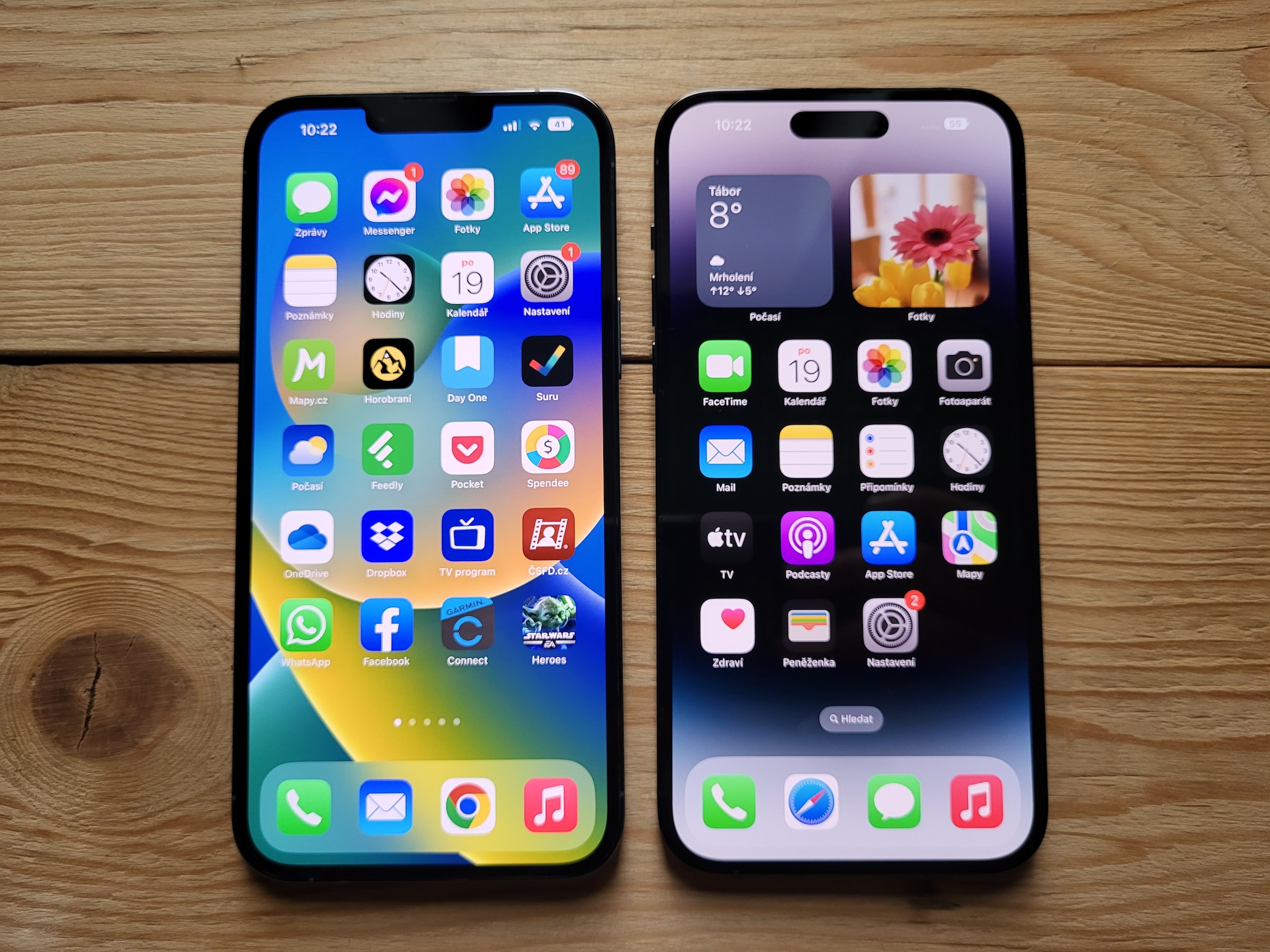

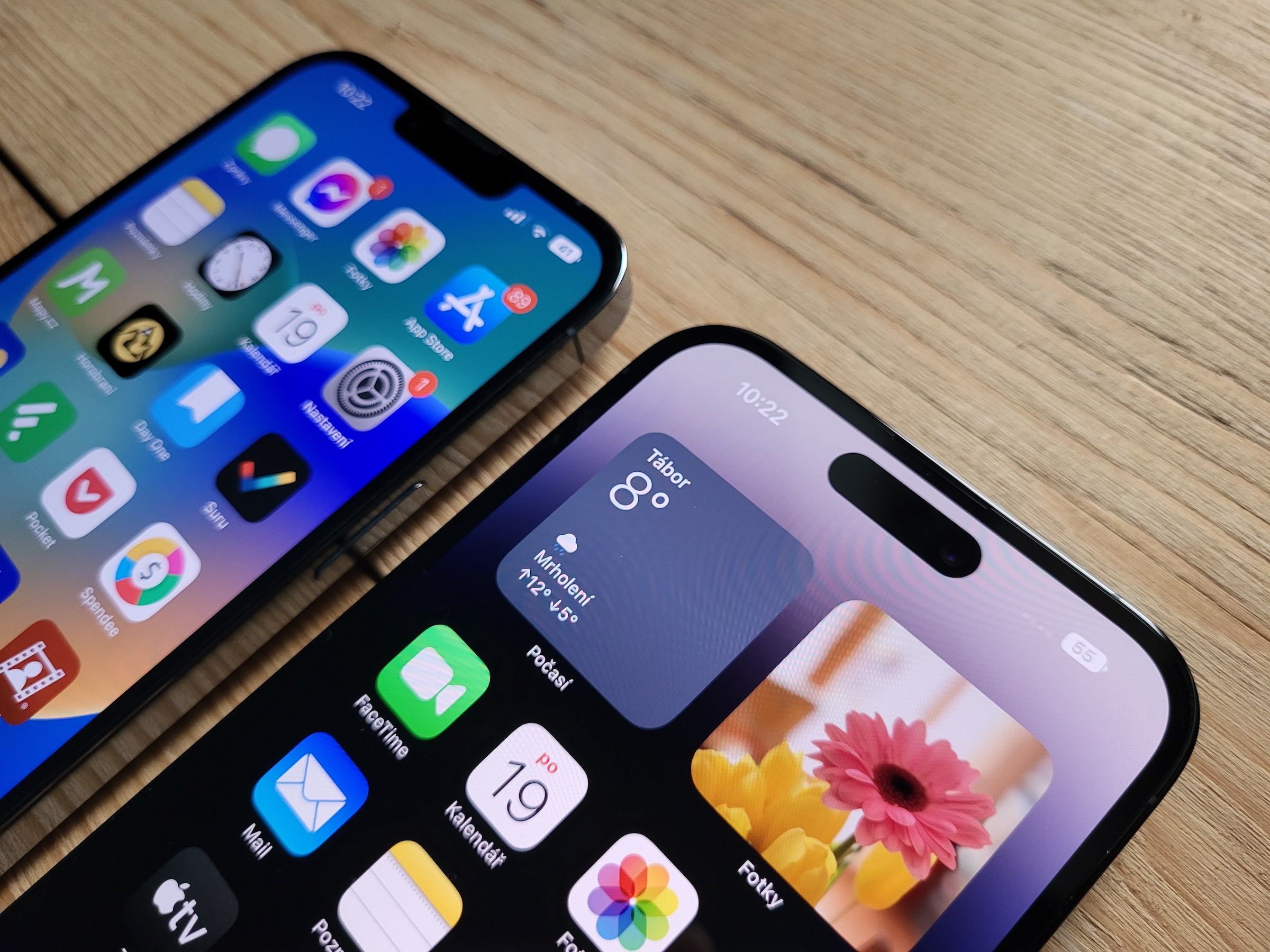
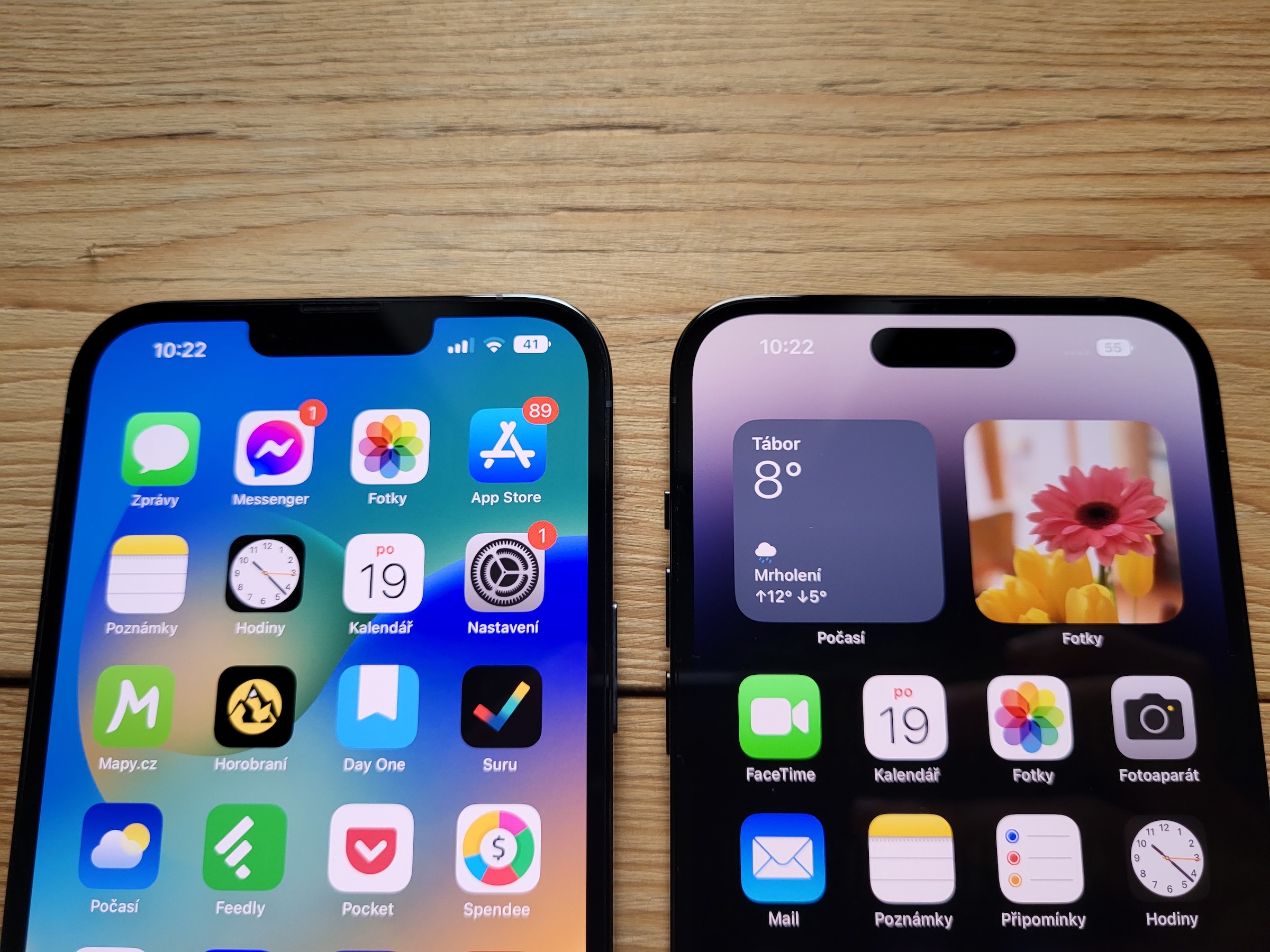
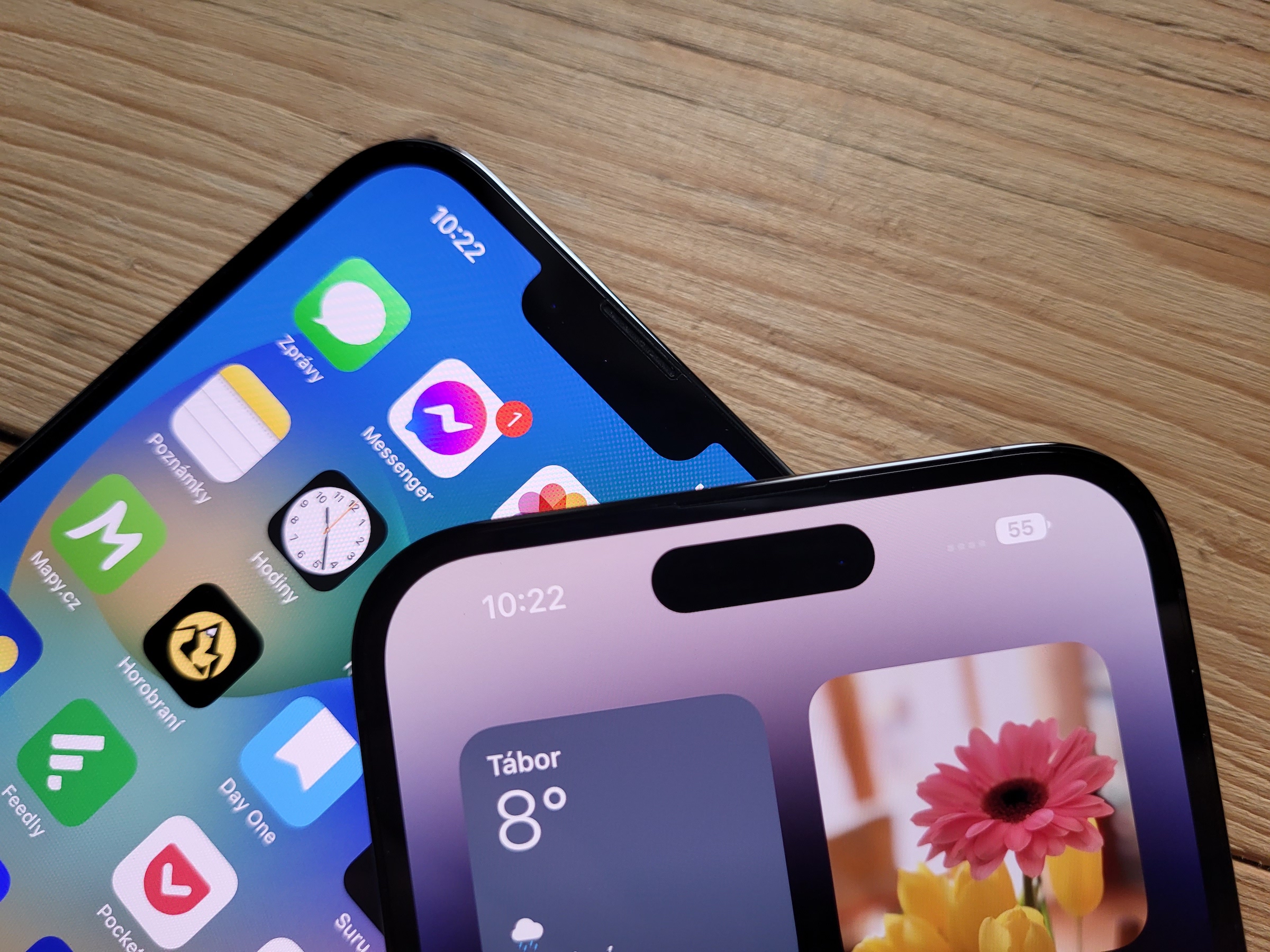
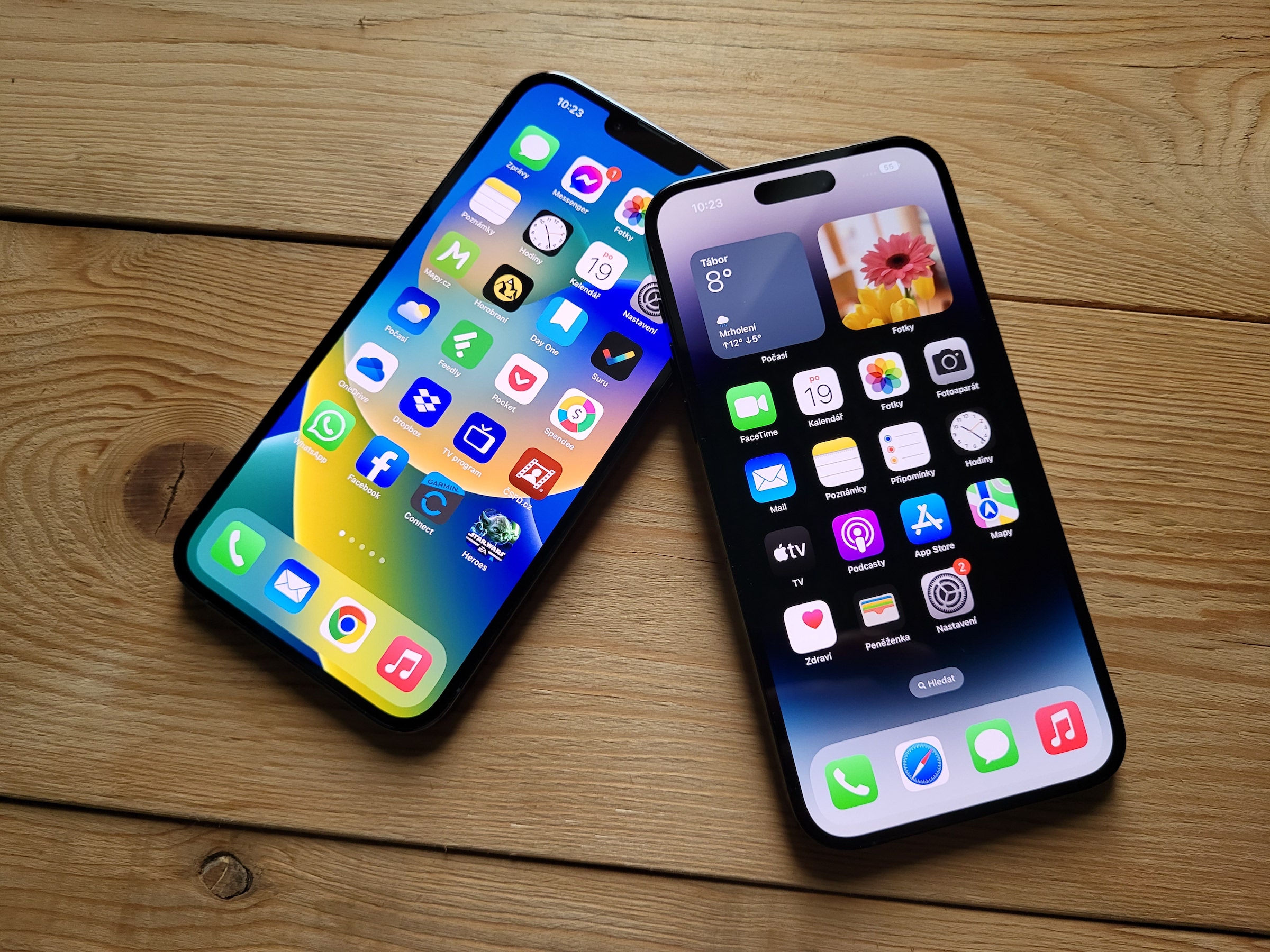
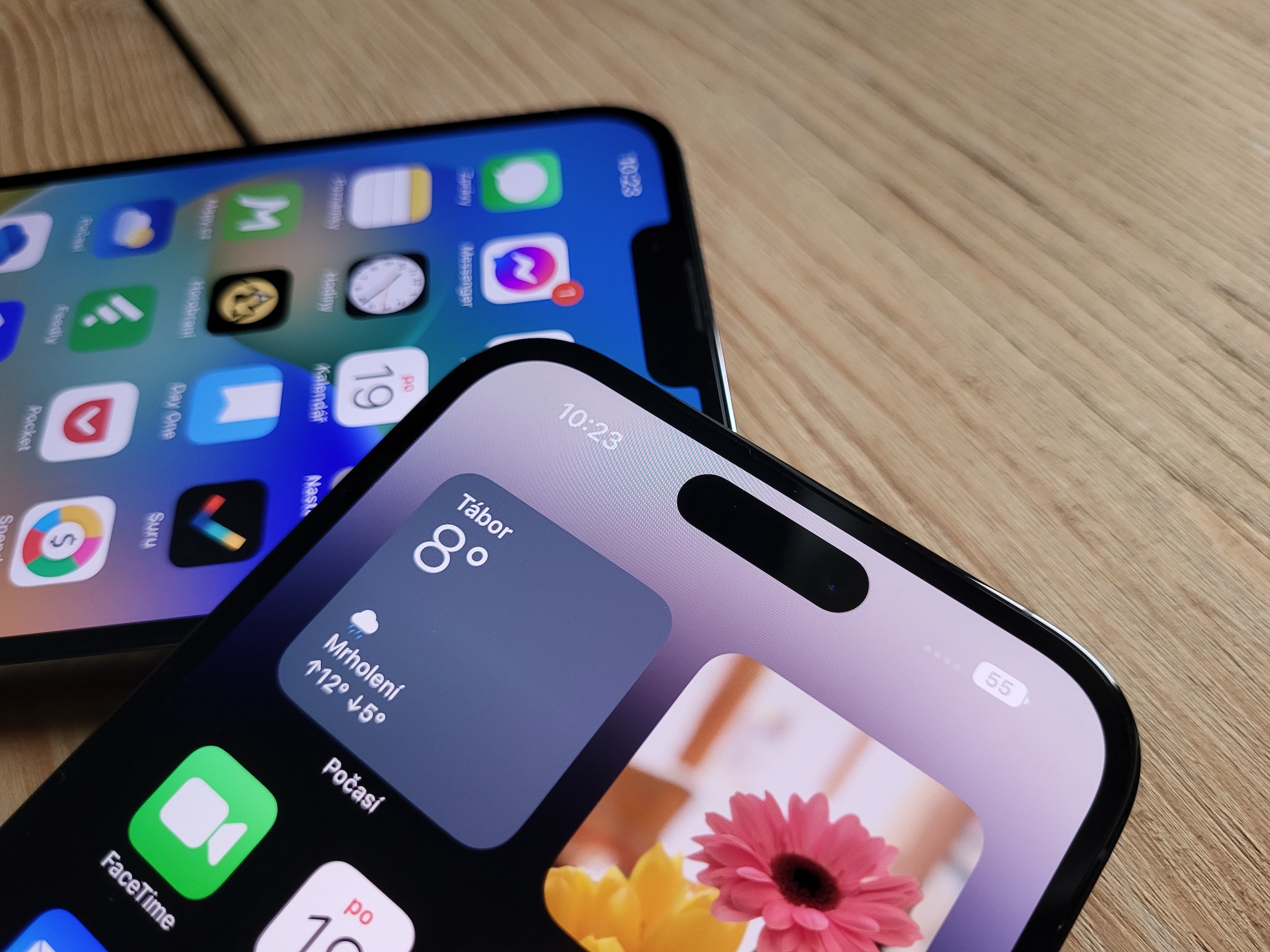
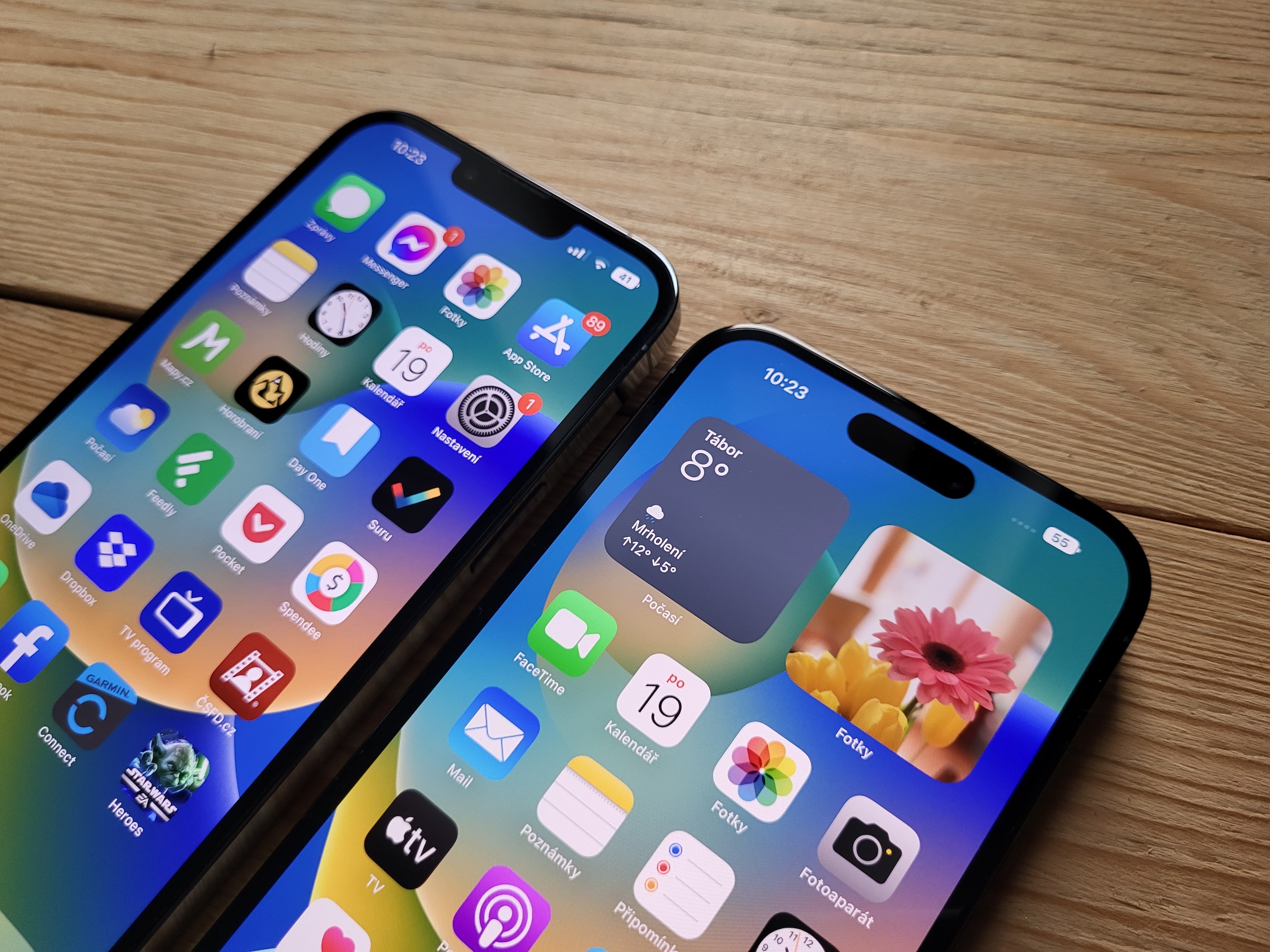
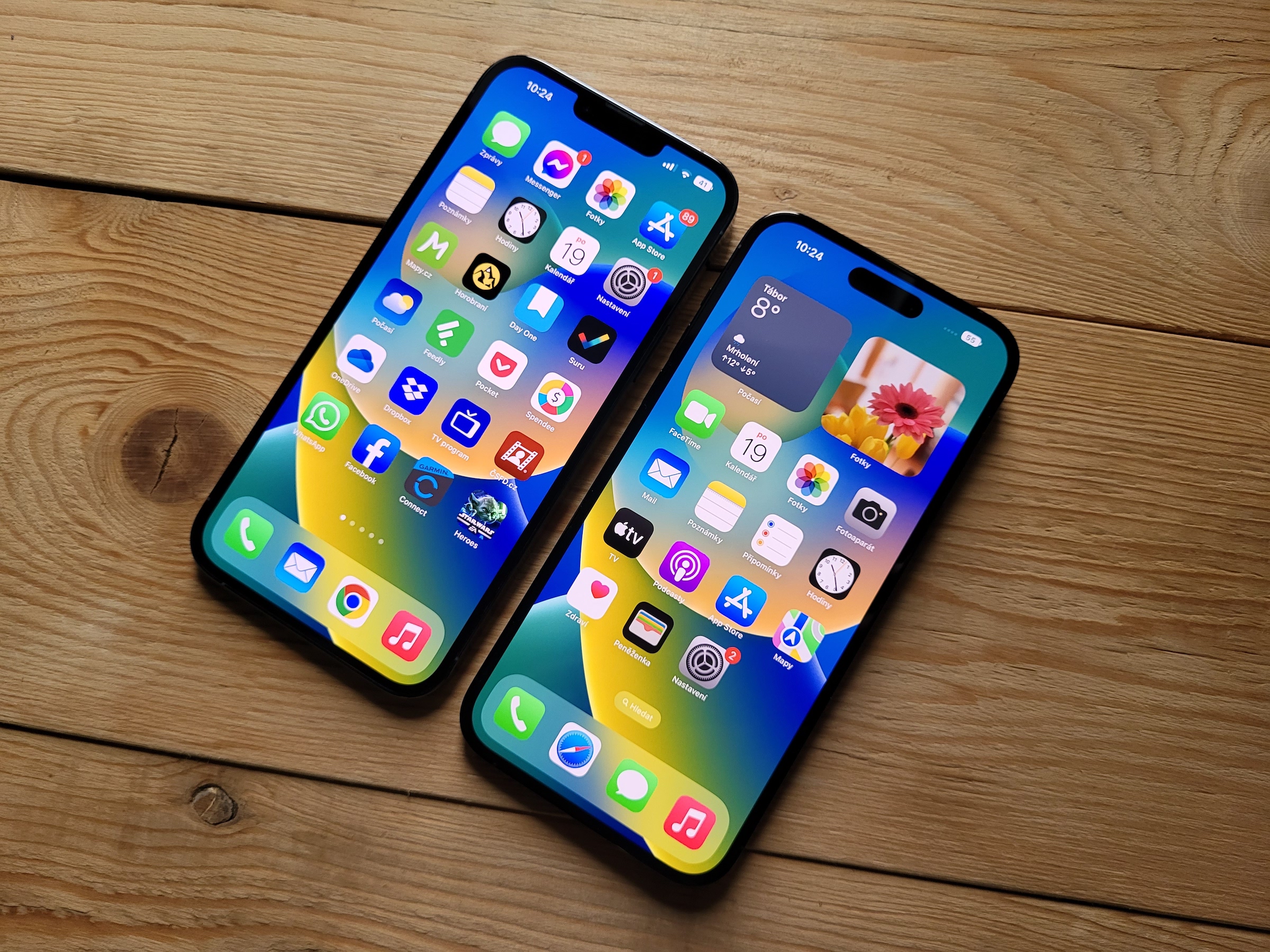
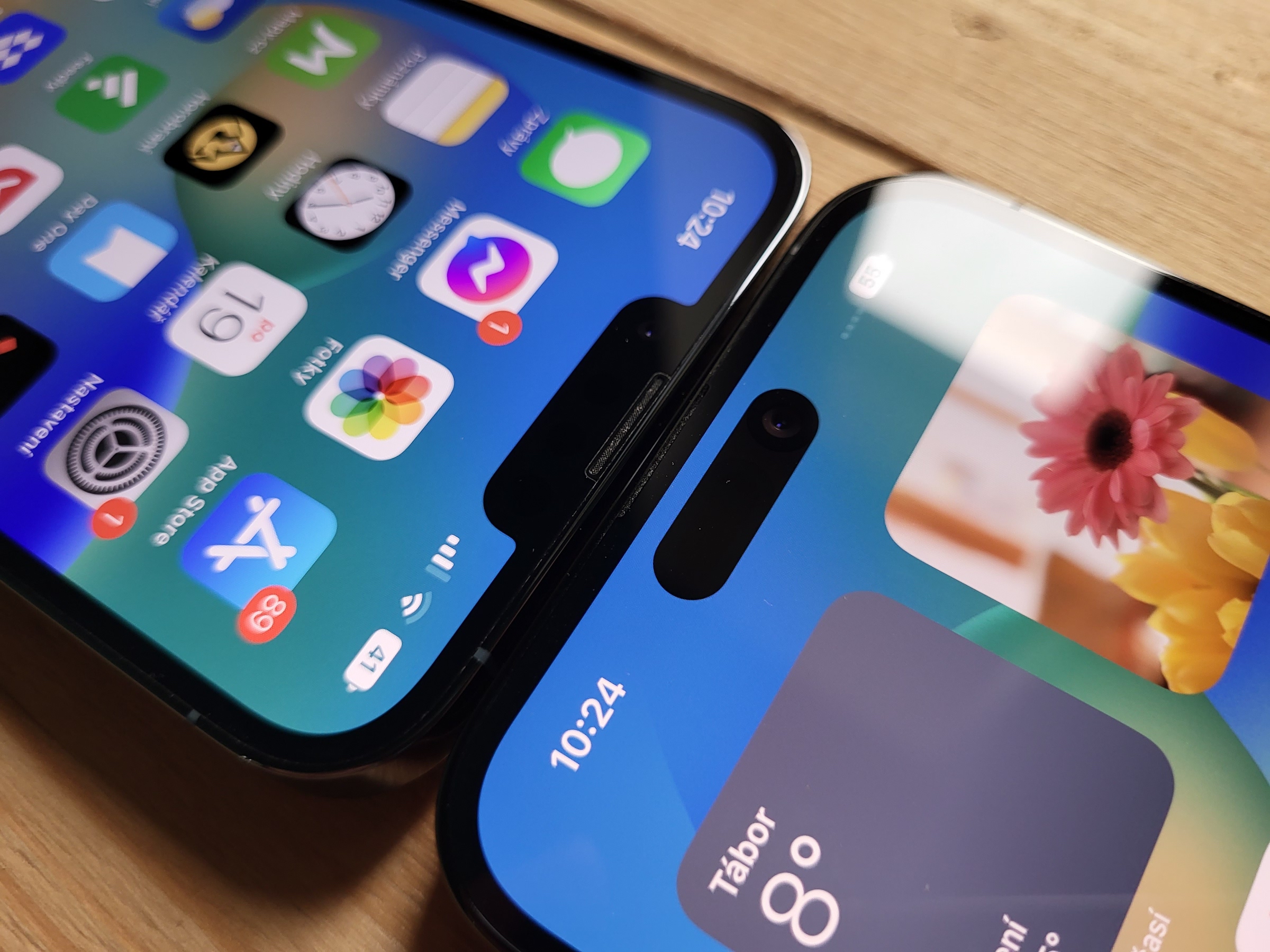
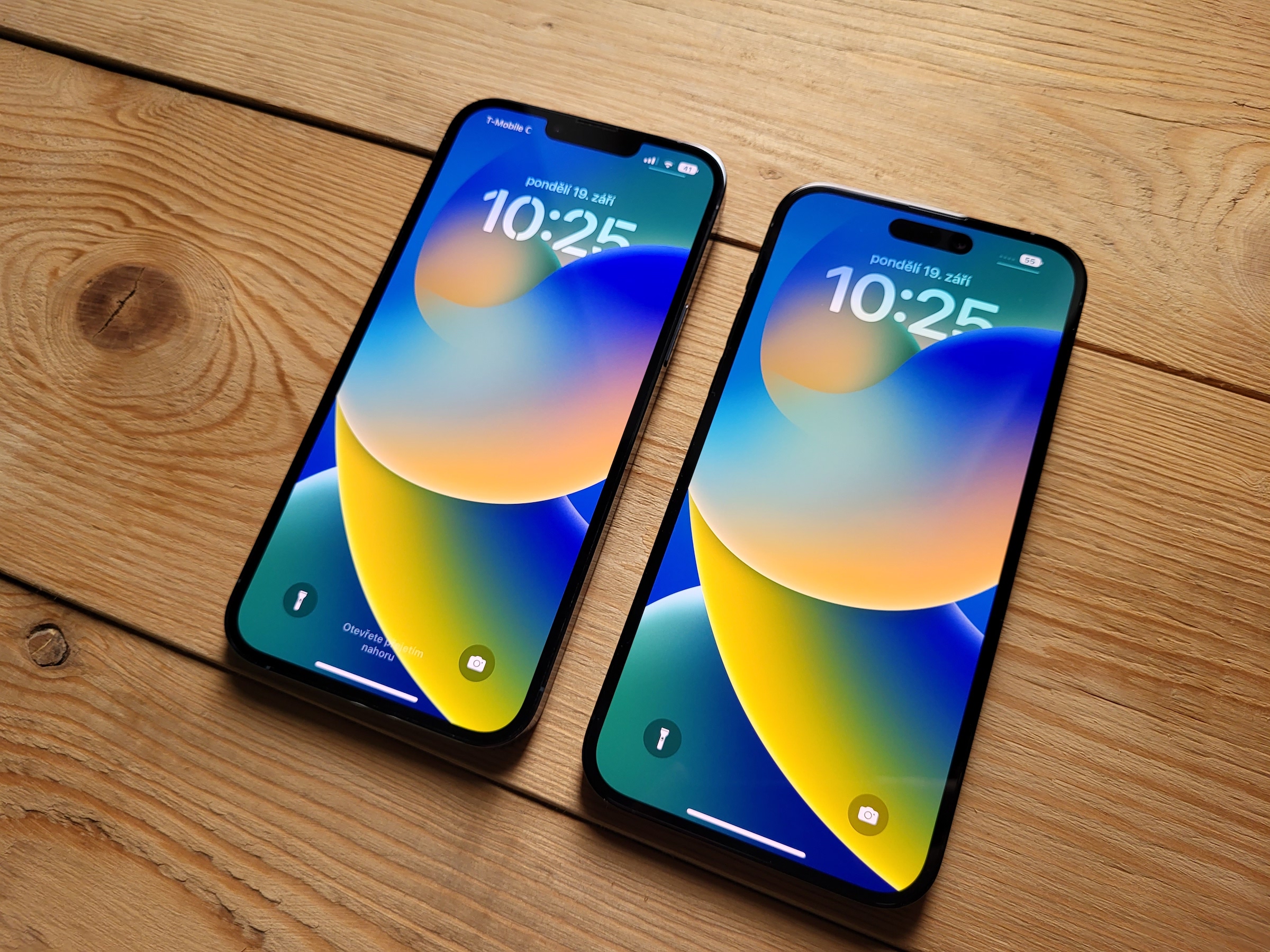
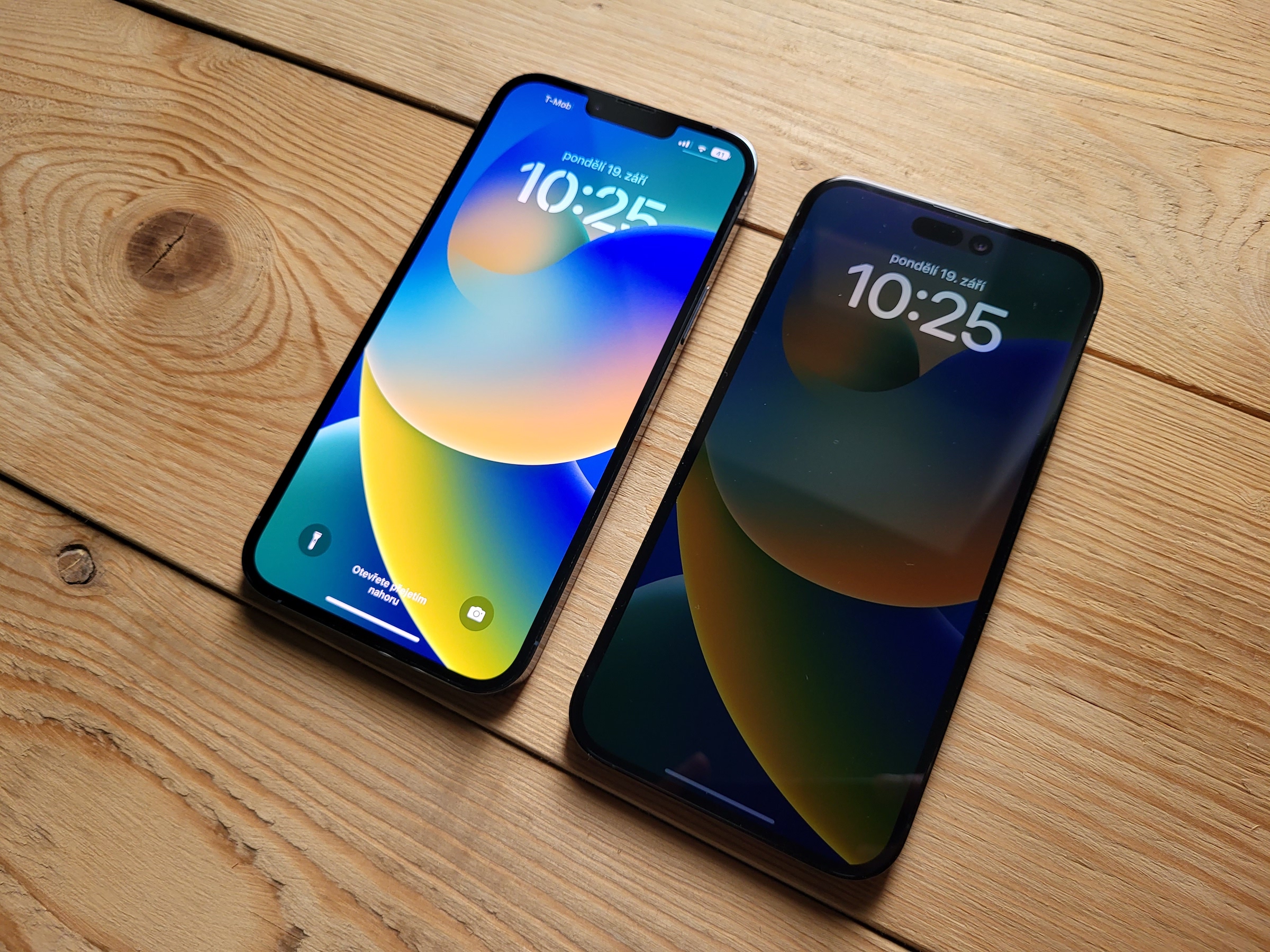
 Adam Kos
Adam Kos 